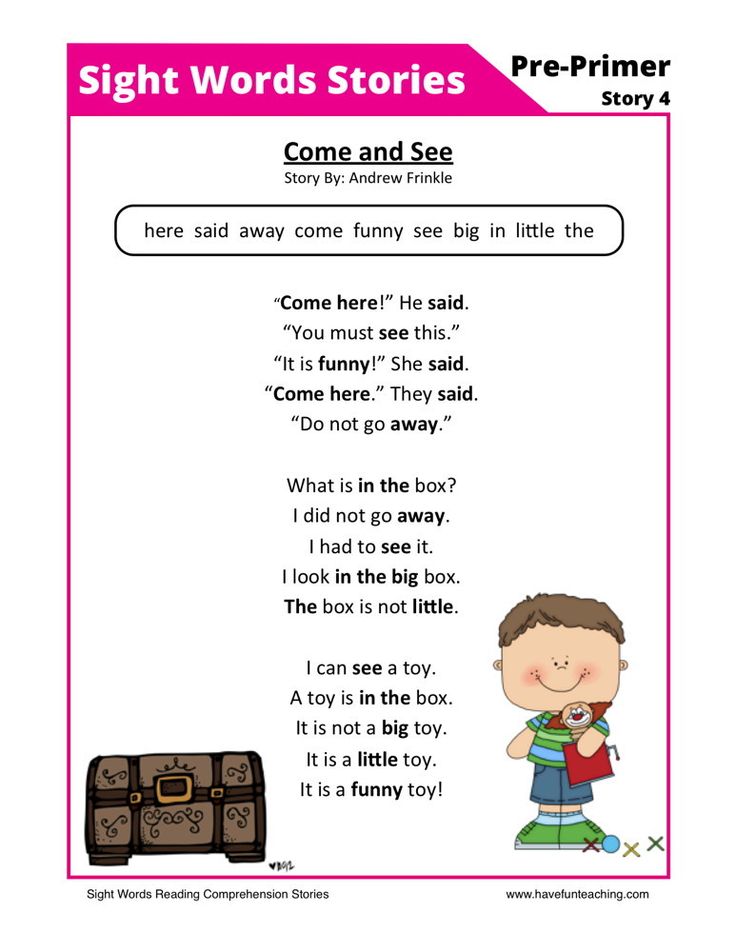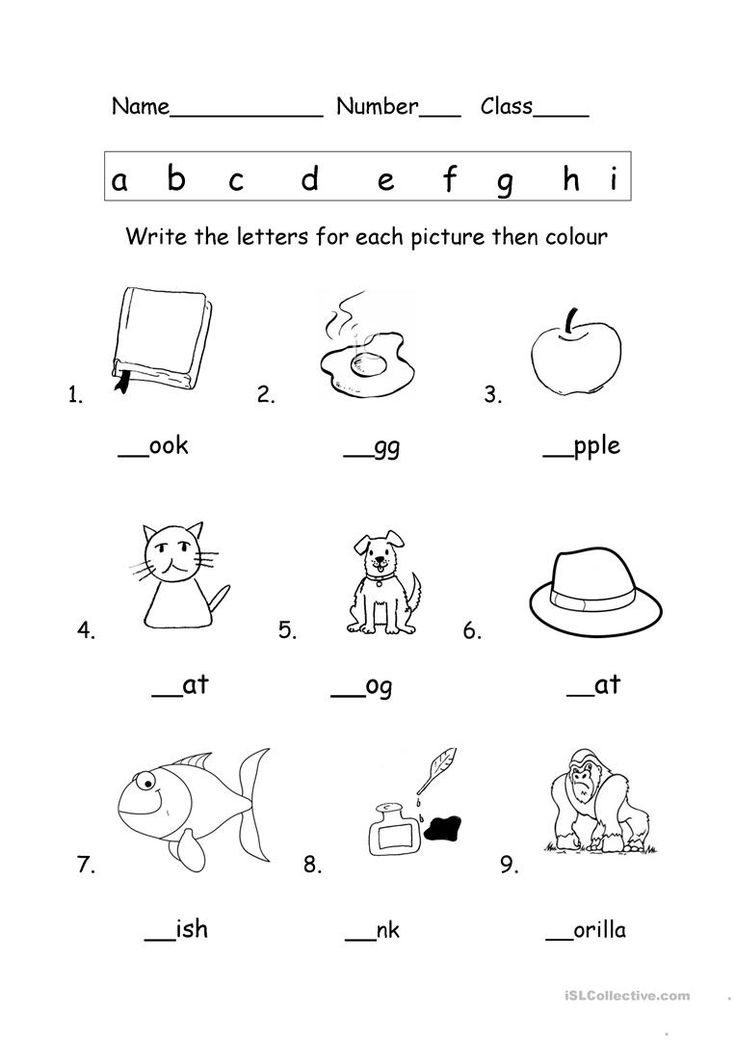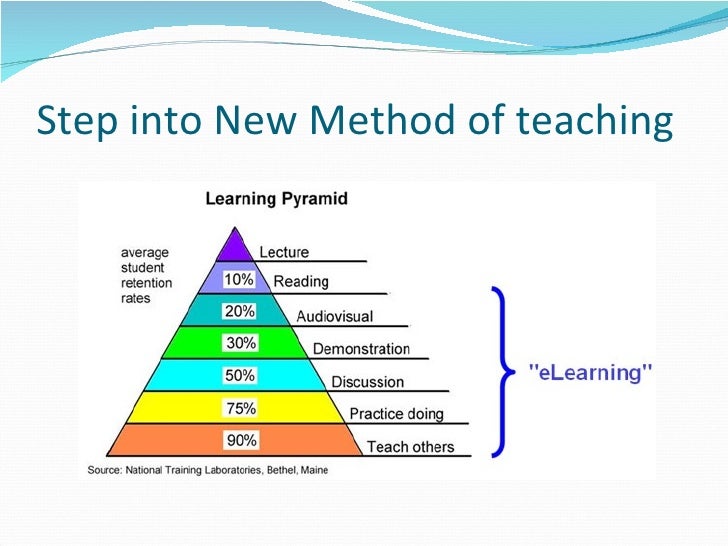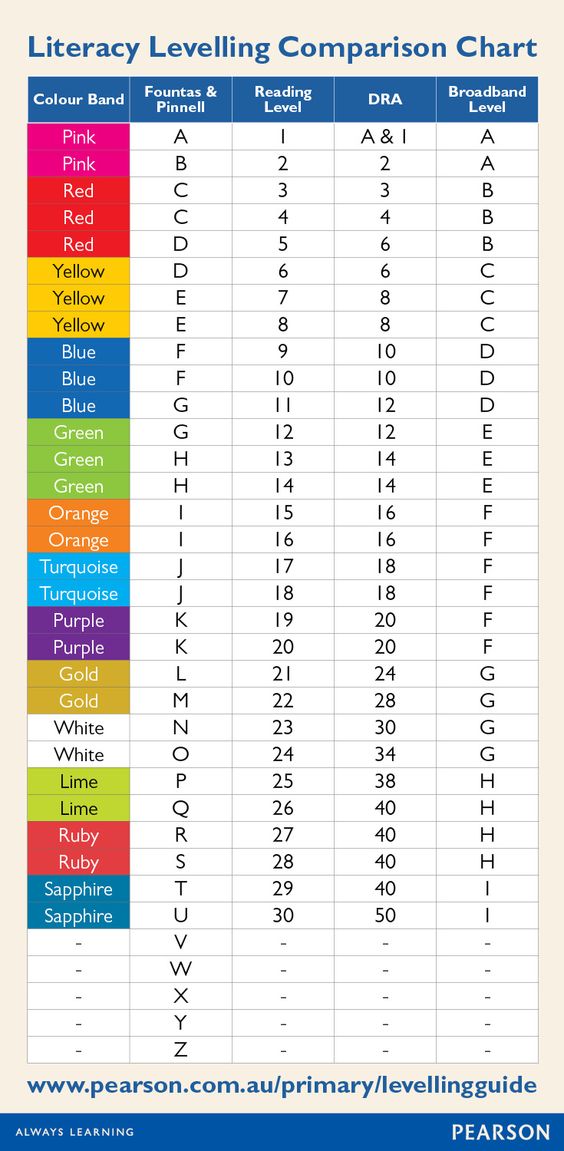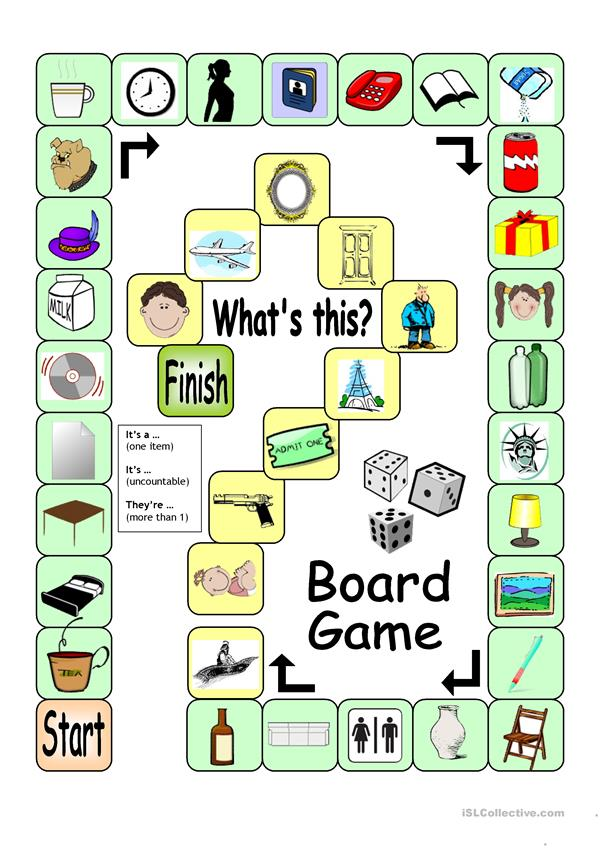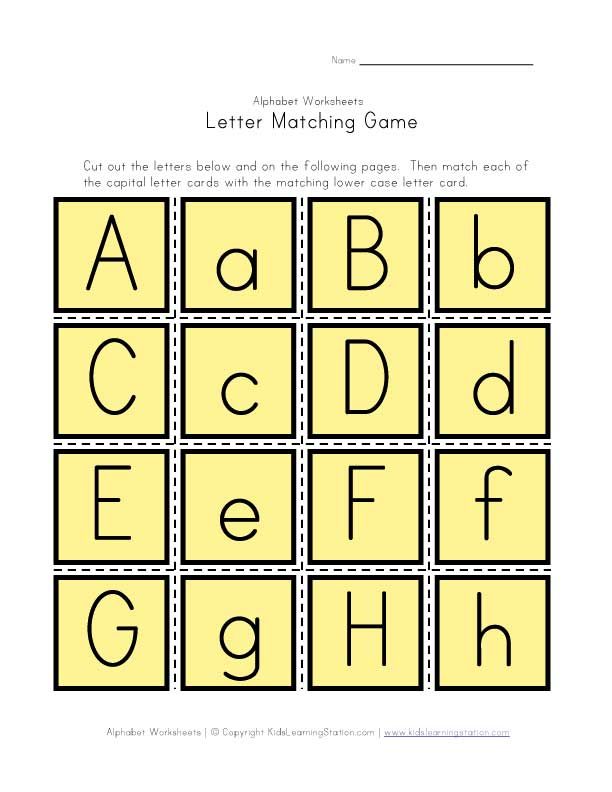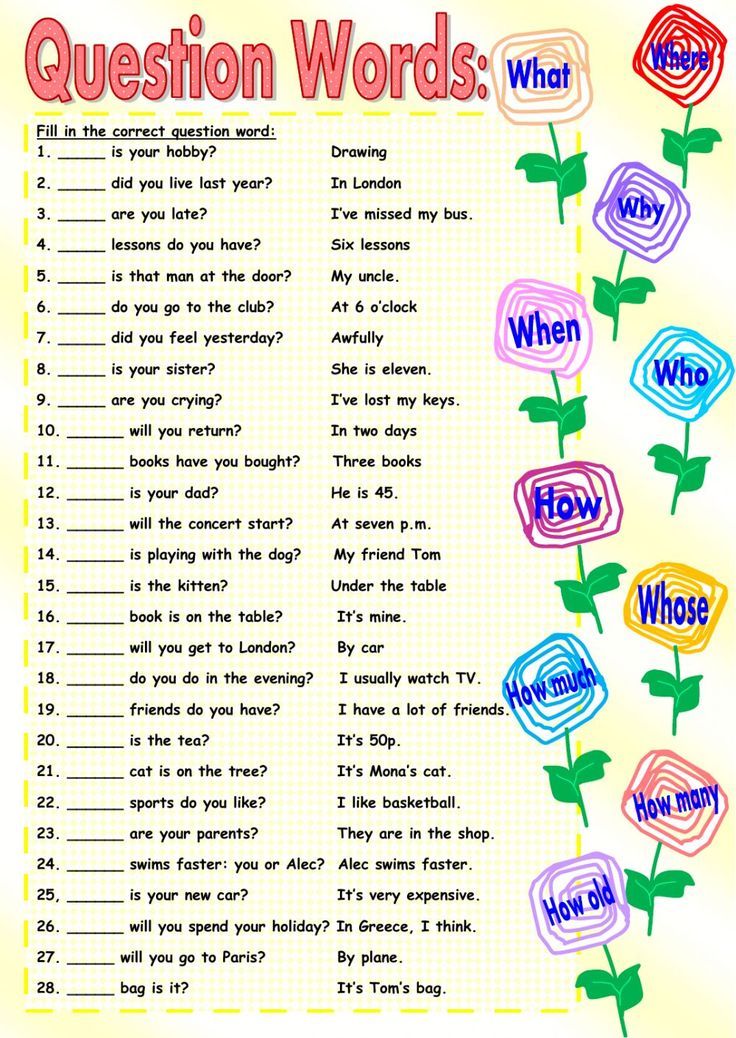Linking verb games
Linking Verb Activities, Games, Worksheets & Lesson Plans for ESL
If you’re looking for some of the top games and activities to teach helping verbs, linking verbs or auxiliary verbs, then you’re certainly in the right place. You’ll find the top linking verb games to consider, along with worksheets, lesson plans, online practice and more. In short, it’s everything you need to teach linking verbs and helping verbs in style!
Linking Verb Activities
Top 5 Subject Verb Agreement Activi...
Please enable JavaScript
Top 5 Subject Verb Agreement Activities | Subject Verb Agreement Games for ESL/EFL Teachers
What is a Linking Verb?
A linking verb is also known as an auxiliary verb or helping verb and the main function is to extend the meaning (expectation, potential, time, obligation, etc.) of the main verb in a sentence. They are used to make the more complicated verb tenses in English like the progressive and perfect.
Let’s get into the best helping verb games and activities to try out with your students.
#1: Error Correction Relay RaceI love this relay race that takes something old (error correction) and makes it new again. It’s perfect for reviewing helping verbs too! Find out what you need to know about it in this article:
www.eslactivity.org/error-correction-relay-race/
It’s one of my favourite helping verb games so be sure to try it out with your students.
#2: DictoglossDictogloss TEFL Listening Activity: Check Out this Fun ESL Dictation Activity Today
Watch this video on YouTube
This is a versatile listening-focused activity that can be used for just about any grammar concept including helping verbs. The way it works is that you can find (or write) a passage filled with lots of linking verbs.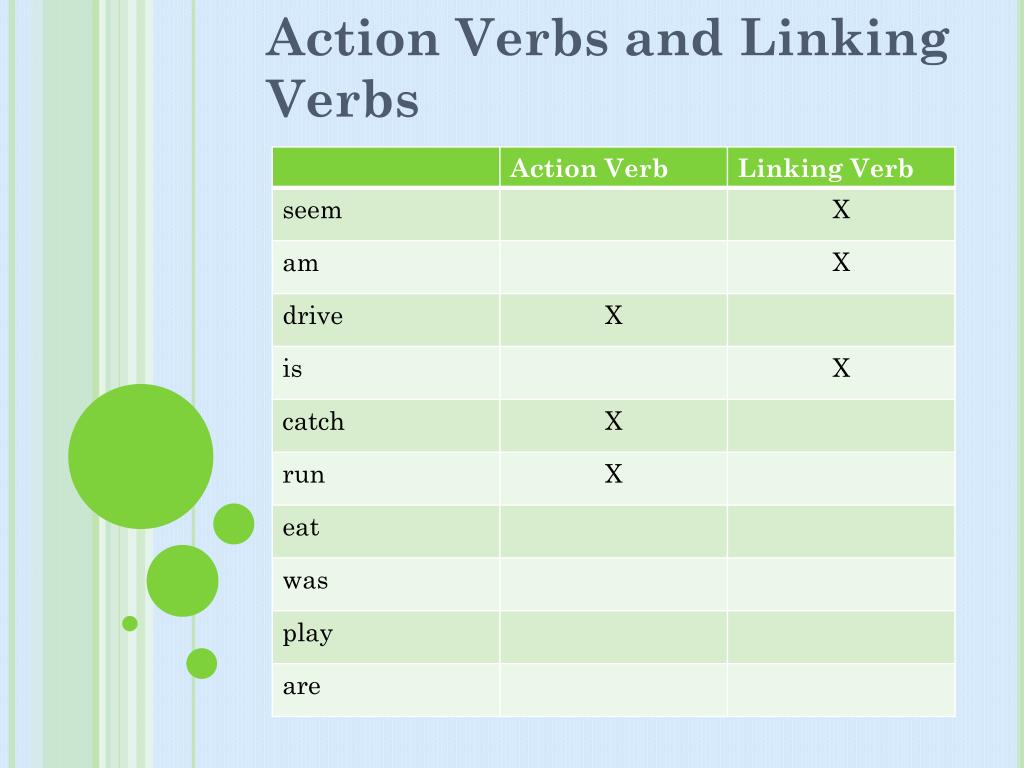
Then, read it out more quickly than normal for the level of students and they can take some brief notes. In pairs, they can work together to recreate what they just heard. Then, repeat the process again. Finally, students can compare what they have with the original version.
After that, highlight the use of auxiliary verbs and how they function within the sentences. More information here:
https://eslactivity.org/dictogloss-esl-listening-and-speaking-activity/
87 Reviews
101 ESL Activities: Games, Activities, Practical ideas, & Teaching Tips For English Teachers of...
- Amazon Kindle Edition
- Bolen, Jackie (Author)
- English (Publication Language)
- 148 Pages - 03/09/2016 (Publication Date)
A nice way to review helping verbs is to use this simple activity. Make some sentences filled with auxiliary verbs in them.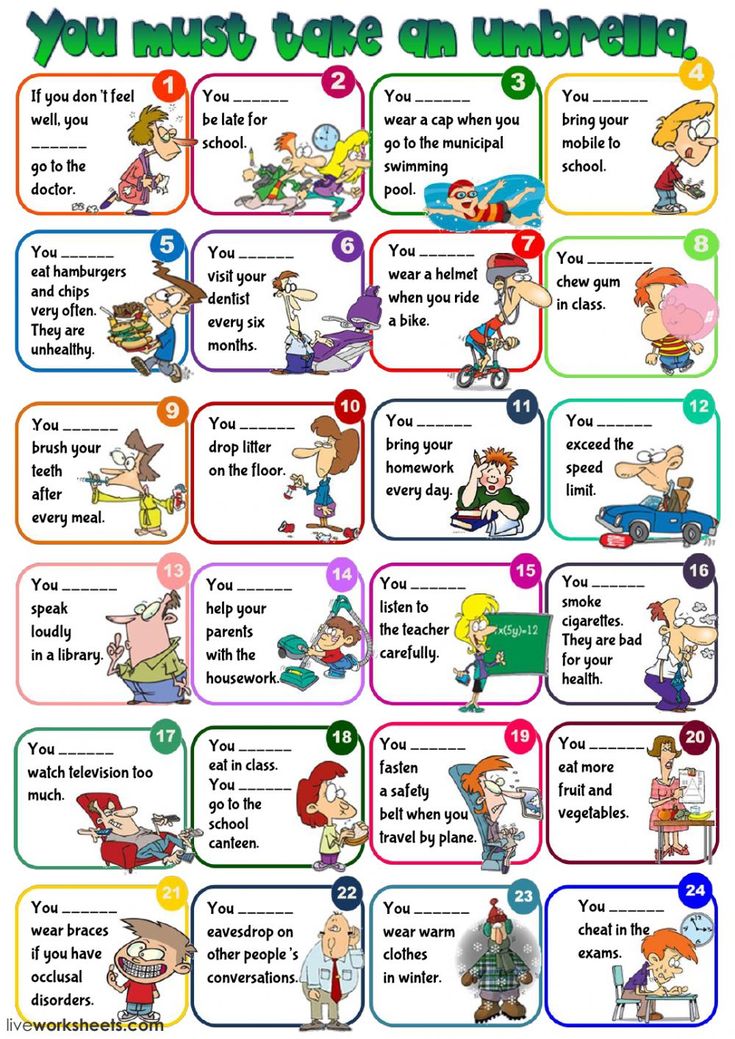 Some have errors while others do not. Then, students have to decide which ones are incorrect and make the required changes. Learn more here:
Some have errors while others do not. Then, students have to decide which ones are incorrect and make the required changes. Learn more here:
https://eslactivity.org/english-grammar-activity-is-that-sentence-correct/
#4: Action, Linking and Helping Verb Vocab AuctionEnglish Vocabulary Auction: A Fun ESL Vocabulary Game for All Ages
Watch this video on YouTube
Yes and no questions require the use of helping verbs so they can be a nice way to introduce this idea to your students. For example:
Do you like to play soccer?
Are you going to eat dinner soon?
Here are some ideas for this topic:
ESL Yes/No Activities and Games.
#6: Concentration with Helping VerbsThis is a fun game that’s perfect for helping students remember new words.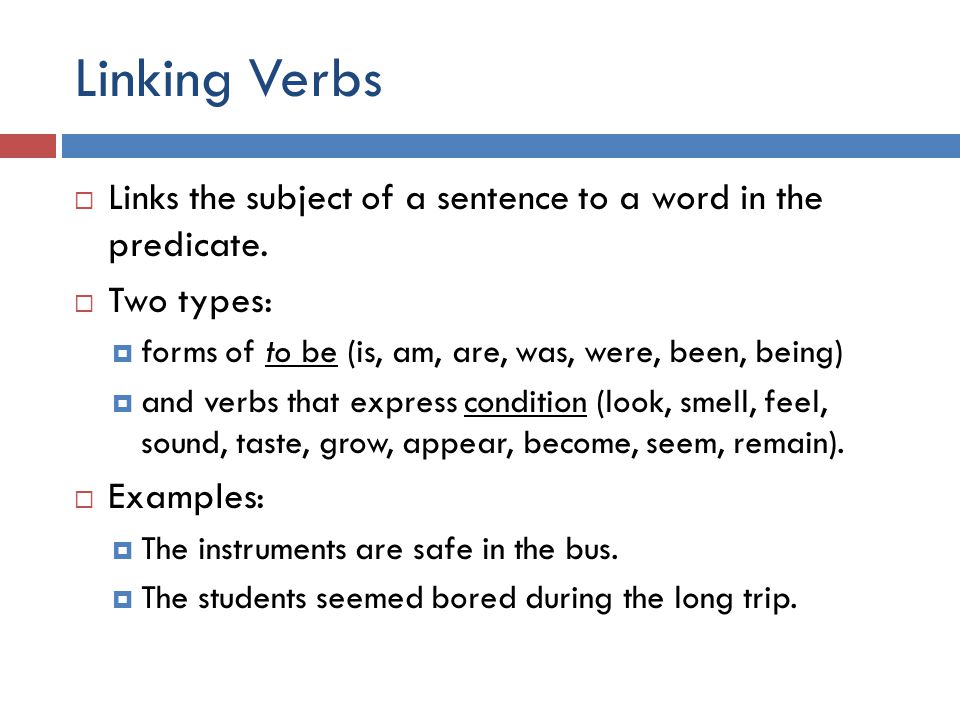 However, it can be easily adapted into a game that reviews auxiliary verbs. In this case, you’ll want to make some sentences with a blank in them where a helping verb would be. Then, on the other card, put that verb. For example:
However, it can be easily adapted into a game that reviews auxiliary verbs. In this case, you’ll want to make some sentences with a blank in them where a helping verb would be. Then, on the other card, put that verb. For example:
- He _____ not go to school tomorrow (might)
- If I _____ rich, I’d buy a boat (were)
- Etc.
Then, in small groups, student play a matching memory game. Find out how to do it:
Concentration ESL Memory Game.
9 Reviews
Tips for Teaching ESL/EFL to Teenagers, University Students & Adults: A Practical Guide for English...
- Amazon Kindle Edition
- Bolen, Jackie (Author)
- English (Publication Language)
- 122 Pages - 02/23/2020 (Publication Date)
This is one of the most versatile ESL activities and can be used for just about grammar point or vocabulary set. It’s student-centred, covers a range of skills and the students really like doing it!
In this case, you’ll want to find a conversation (or write one) with lots of helping verbs in it. The textbook is often a good source for this. Then, students will have to work together to dictate the conversation and then put it into the correct order. Here are all the details you need to know:
The textbook is often a good source for this. Then, students will have to work together to dictate the conversation and then put it into the correct order. Here are all the details you need to know:
ESL Running Dictation Game.
#8: Reading Lesson Plan for Linking VerbsA nice way to introduce linking verbs is through a reading passage (the other option is a listening passage). In this case, it’s certainly possible to design an entire lesson around a reading that highlights linking verbs. Sounds kind of overwhelming?
Not to worry! It’s easier than you might think to do this if you follow a lesson planning template like this one:
eslactivity.org/an-esl-reading-lesson-plan-template/
5 Reviews
49 ESL Listening Activities for Kids (6-13): Practical Ideas for English Teachers Who Want to Help...
- Amazon Kindle Edition
- Bolen, Jackie (Author)
- English (Publication Language)
- 110 Pages - 06/05/2020 (Publication Date)
A nice way to review just about anything is to do an editing kind of activity. Students have to read something carefully to find the errors.
Students have to read something carefully to find the errors.
In this case, you’d want to find (or make your own) worksheet with errors related to helping/linking verbs. For more advanced students, you might want to include other errors too, like other grammar, strange vocabulary choices, punctuation, etc.
You can find all the details in this article:
www.eslactivity.org/proof-reading-editing-esl-warm-up/
#10: Linking Verbs VideosMaybe your students are a bit like mine and they get tired of hearing you talk by the end of the semester? That may not be the case, but I think it’s the normal for my students! If that’s the case for you, then consider letting another teacher deliver the information. Have a look on YouTube and there are plenty of excellent ones for any age or level.
#11: W/H QuestionsW and H questions in English require the use of helping verbs in a big way. For example:
- When did you eat dinner?
- How are you going to get to school?
- Etc.
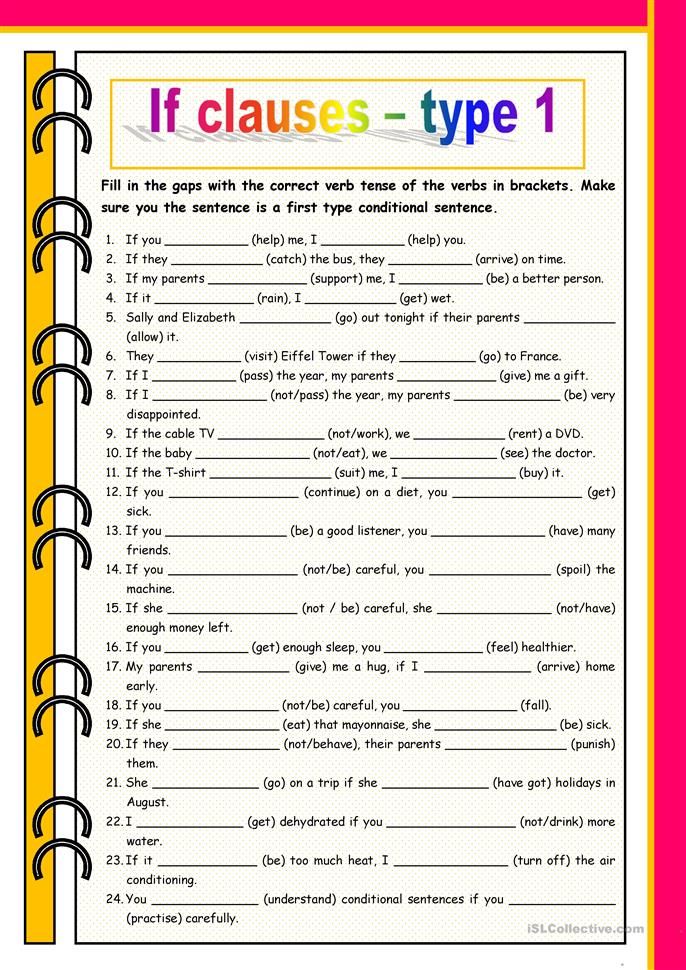
Learn more about the best activities and games to use to practice this with your students:
www.eslactivity.org/wh-questions-activities/
#12: Sentence Structures TEFL ActivitiesTime spent on sentence structure with English learners will never be wasted time! In the case of linking verbs, the correct word order in the sentence can be a little bit tricky, particularly with things like progressive tenses and negatives. If you want to help your students out with this, consider some of the following ideas:
TEFL Sentence Structure Activities.
#13: Mixed up Sentences with Linking VerbsA nice way to focus on word order in sentences related to helping verb is to use this simple activity. Make some sentences with these verbs in them but then mix up the word order. Students have to work together in pairs to unscramble them. It’s also a nice homework activity.
Find out more about it:
eslactivity.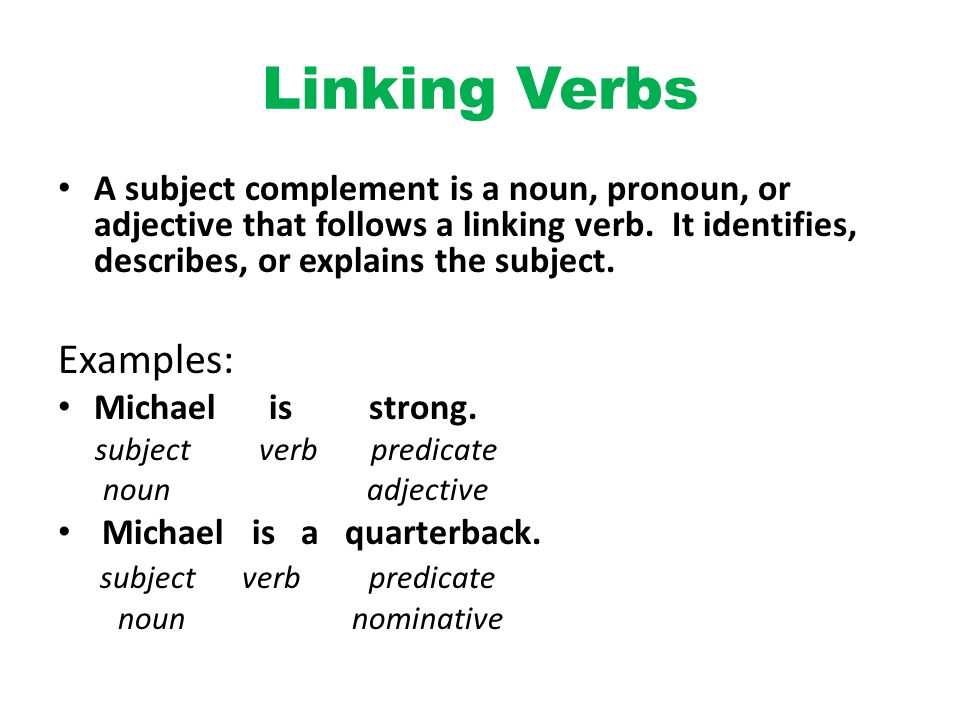 org/mixed-up-sentences-english-grammar-activity/
org/mixed-up-sentences-english-grammar-activity/
Likes and dislikes are all about using auxiliary verbs. For example:
- I like to play soccer.
- I don’t like to play tennis.
For some of the best ideas for teaching this beginner grammar concept, check out some of the top ideas here:
https://eslspeaking.org/likes-and-dislikes/
#15: Dialogue SubstitutionDialogue substitution, a Quick ESL reading and speaking activity | Dialogue for ESL Students
Watch this video on YouTube
I know that dictation has fallen out of favour a little bit with the more communicative approach. But, it can be a nice way to review new concepts and help reinforce things like spelling, punctuation and sentence structure.
In this case, dictate some sentences to your students that contain helping verbs.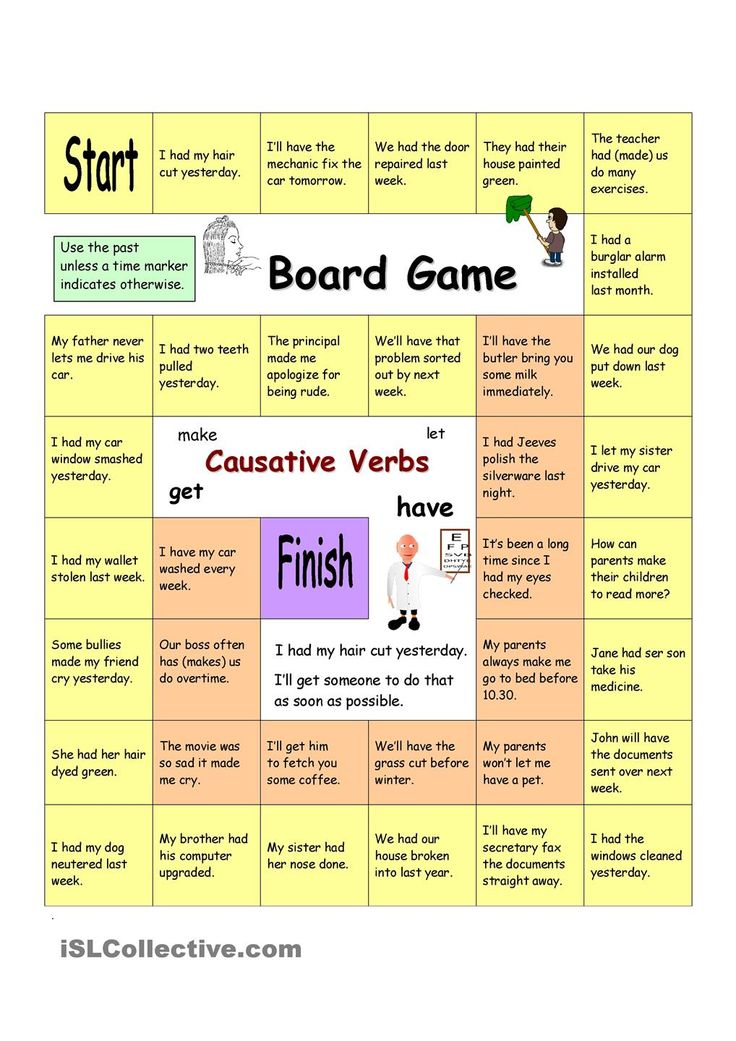 Be sure to include some contractions and negatives as students often struggle with these things. Find out more about it:
Be sure to include some contractions and negatives as students often struggle with these things. Find out more about it:
www.eslactivity.org/dictation-practice-esl-writing-and-listening-activity
Helping verb games
Linking and Helping Verbs WorksheetsIf you’re a TEFL teacher, I’m sure you love to save time, right? One of the best ways to do this is to use some worksheets that other teachers have made! They’re perfect for in-class practice or for homework assignments. Here are the top picks for linking verbs worksheets:
ISL Collective
All ESL
English Linx
Online Practice for Helping VerbsIf your students want some extra practice with auxiliary, helping or linking verbs, then consider referring them to some of these top resources online:
Khan Academy
Quizizz
Review Game Zone
Linking Verb ESL Lesson PlansAnother big way to save some time when teaching is use some ready-made lesson plans.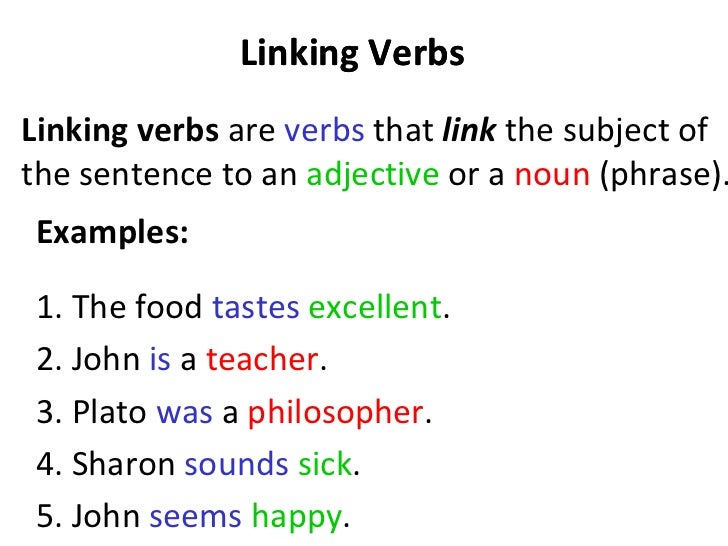 Why do all the hard work if someone else has already done it for you? Here are some of our top picks for helping verb lesson plans:
Why do all the hard work if someone else has already done it for you? Here are some of our top picks for helping verb lesson plans:
Study.com
My English Pages
Lesson Planet
Did you like these Linking Verb Games and Activities?27 Reviews
39 No-Prep/Low-Prep ESL Grammar Activities and Games: For English Teachers of Teenagers and Adults...
- Amazon Kindle Edition
- Bolen, Jackie (Author)
- English (Publication Language)
- 87 Pages - 10/24/2019 (Publication Date)
Yes? Thought so. Then you’re going to love this book that you can find over on Amazon: 39 No-Prep/Low-Prep ESL Grammar Activities. The key to better English grammar teaching is a wide variety of interesting, engaging and student-centred games and activities and this book will help you get there in style. The best part is that all the activities require almost nothing in the way of preparation!
You can easily find the book in both digital and print formats.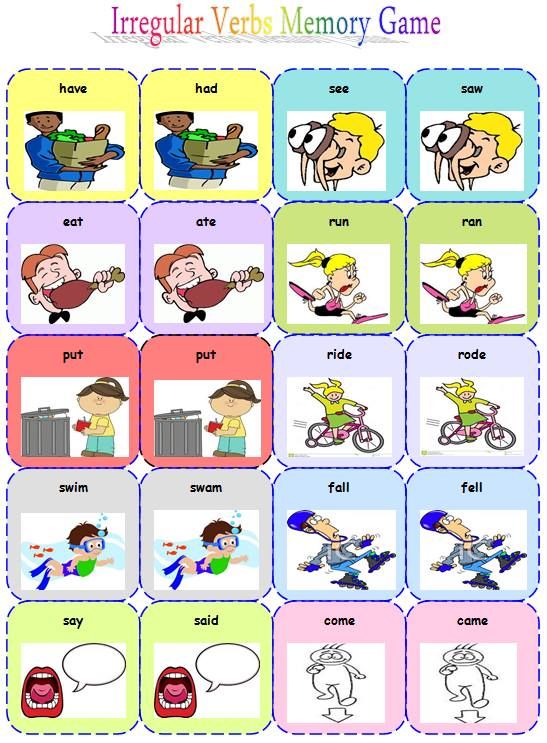 Consider keeping a copy on the bookshelf in your office to use as a handy reference guide. Or, take the e-version with you to your favourite coffee shop for some lesson planning on the go. It really is that easy to have better English classes.
Consider keeping a copy on the bookshelf in your office to use as a handy reference guide. Or, take the e-version with you to your favourite coffee shop for some lesson planning on the go. It really is that easy to have better English classes.
Head over to Amazon to pick up a copy of the book today, but only if you want a serious dose of some ESL teaching awesome in your life:
Have your Say about ESL Linking VerbsDo you have any tips or tricks for teaching helping verbs ESL? A game or activity that you’d like to share with us? Leave a comment below and let us know what you think. We’d love to hear from you.
Also be sure to give this article a share on Facebook, Pinterest, or Twitter. It’ll help other busy English teachers, like yourself find this useful resource.
Last update on 2022-07-17 / Affiliate links / Images from Amazon Product Advertising API
Action, Linking and Helping Verbs Jeopardy Template
Action, Linking and Helping Verbs Jeopardy TemplateDefinitions
Action Verbs
Linking Verbs
Helping Verbs
Sentences
100
Action Verb
What is a word that expresses a physical or mental activity
100
Identify the action verb in the following sentence: Sally walked to the mall.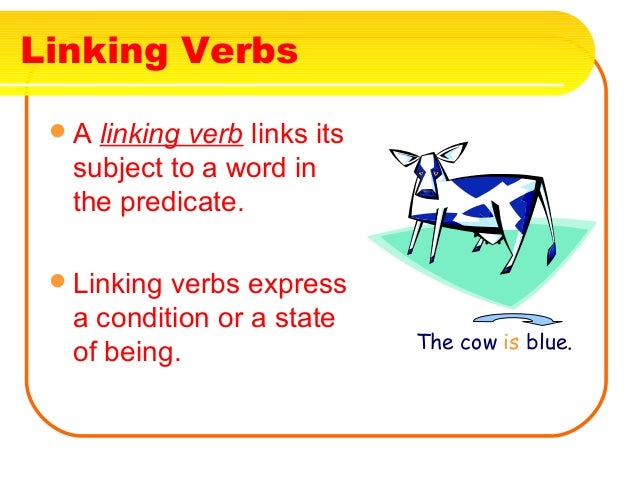
What is walked.
100
Identify the linking verb in the following sentence: She is a very smart girl.
What is is.
100
Identify the helping verb(s) in the following sentence: Arthur is walking to the mall at five o'clock.
What is is.
100
Identify the verb(s) in the following sentence AND state which type they are: Sondra sprinted during the race.
What is sprinted (AV).
200
Linking Verb
What is a word that connects the subject to something about the subject
200
Identify the action verb in the following sentence: Sheila drove her car into the bridge.
What is drove.
200
Identify the linking verb in the following sentence: The teacher became frustrated with her students' grades on the test.
What is became.
200
Identify the helping verb(s) in the following sentence: Luke was watching the football game on TV.
What is was.
200
Identify the verb(s) in the following sentence AND state which type they are: Harry tasted the spicy salsa.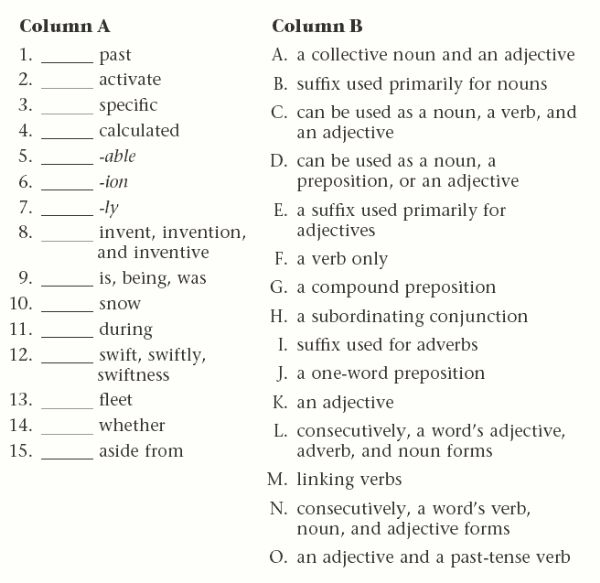
What is tasted (AV).
300
Helping Verb
What is a verb that helps the main verb in a verb phrase
300
Identify the action verb in the following sentence: Alex and Marsha questioned Mr. Schlote about his fabulously decorated star shirt.
What is questioned.
300
Identify the linking verb in the following sentence: After the basketball game, we were sweaty.
What is were.
300
Identify the helping verb(s) in the following sentence: The dancers should have practiced their routine before the performance.
What is should and have.
300
Identify the verb(s) in the following sentence AND state which type they are: Betty seemed sick all morning.
What is seemed (LV).
400
Subject
What is what the entire sentence is about.
400
Identify the action verb in the following sentence: Luke and Samantha were dancing the night away at the prom.
What is dancing.
400
Identify the linking verb in the following sentence and ALSO state what is being "linked": Marsha was extremely upset about her failing grade on the test.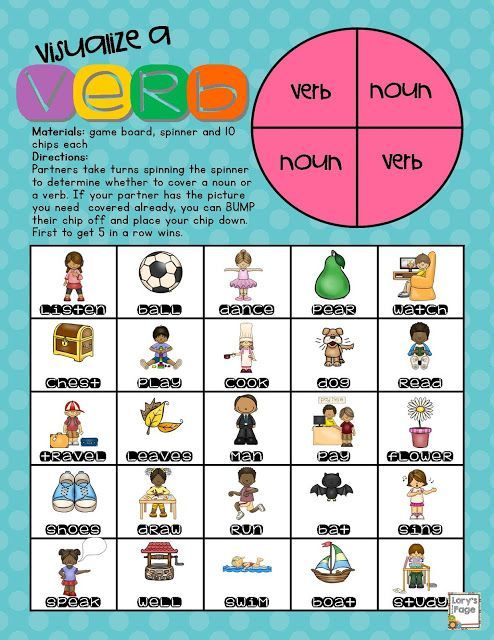
What is was and Marsha is being linked to upset.
400
Identify the helping verb(s) in the following sentence: In the morning, Gabby could have been looking over her notes for the test.
What is could, have and been.
400
Identify the verb(s) in the following sentence AND state which type they are: Is Samantha planning on a new shirt for the dance tonight?
What is is (HV) and planning (AV).
500
Define: action, linking and helping verb
What is: action- a word that expresses a physical or mental activity; linking- a word that connects the subject to something else about the subject; helping- a verb that helps the main verb in the verb phrase
500
Identify the action verb AND the subject in the following sentence: Mrs. Munday should have listened to the instructions from the policeman.
What is action = listened and subject = Mrs. Munday.
500
Identify the linking verb(s) in the following sentence and ALSO state what is being "linked": Yesterday, the cookies tasted delicious, but now they are moldy.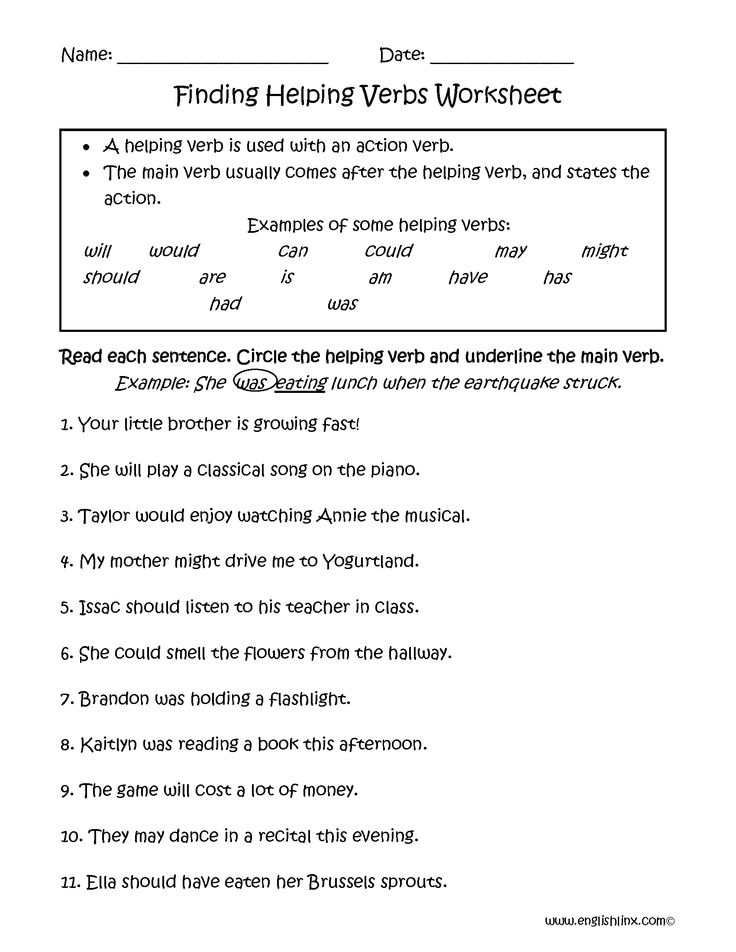
What is tasted and are. Cookies is being linked to delicious AND they is being linked to moldy.
500
Identify the helping verb(s) in the following sentence: Will you be attending the church service on Sunday?
What is will and be.
500
Identify the verb(s) in the following sentence AND state which type they are: Lucas would have been sleeping if he was tired.
What is would (HV), have (HV), been (HV), sleeping (AV) and was (LV).
Click to zoom
No teams1 team2 teams3 teams4 teams5 teams6 teams7 teams8 teams9 teams10 teamsCustom
Overview of the 3rd module of the distance learning course for speech therapists, correctional teachers, speech pathologists at the "School of Playing Speech Therapy"
Distance online course for speech therapists and speech pathologists "Starting the speech of non-speaking children: from zero to phrasal speech" consists of several modules in which the stages are sequentially revealed work with children who cannot speak, from basic learning activities to more complex ones, as a result of which the child begins to speak.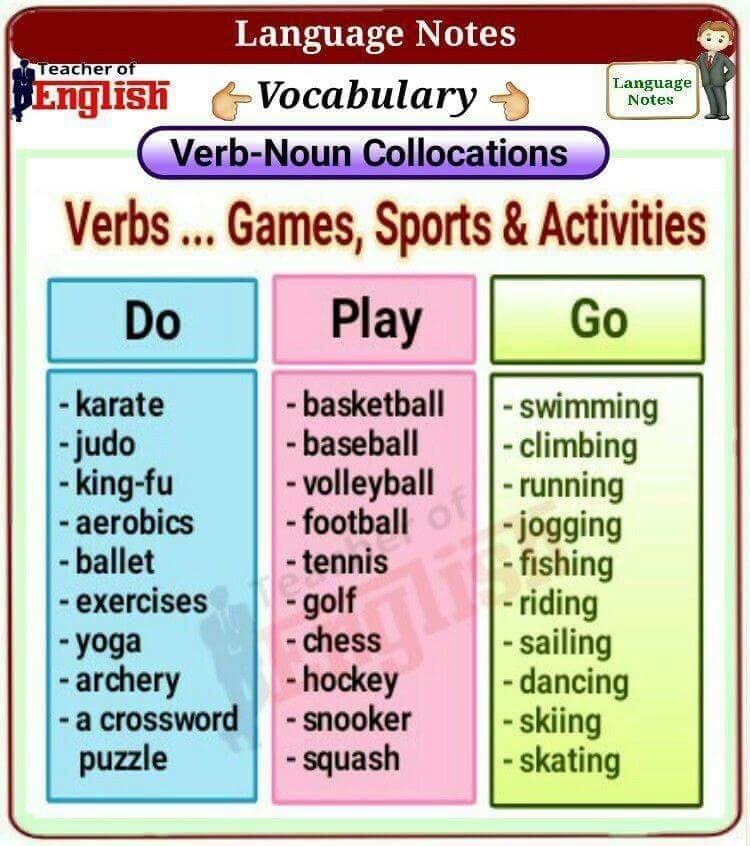 This online course is designed to train speech pathologists, speech pathologists, teachers and educators of preschool educational institutions, child psychologists and neuropsychologists, ABA therapists and other specialists in effective methods of staging children's speech.
This online course is designed to train speech pathologists, speech pathologists, teachers and educators of preschool educational institutions, child psychologists and neuropsychologists, ABA therapists and other specialists in effective methods of staging children's speech.
Module 1 explores ways to evoke sounds in children through games, emotional involvement and imitation. The 2nd module of the course, dedicated to evoking sounds with mechanical assistance, is designed for speech therapists to work with children who, for a number of reasons, cannot control articulation and make the necessary sounds. As a result of working on the basis of the materials of the first two modules, the child should learn to pronounce sounds. In the third module, we move on to the next stage of learning.
What is studied in the third module of the remote online course "Schools of Playful Speech Therapy"
The 3rd module of the distance learning course for speech therapists is called “The semantic side of speech from the first words to the first phrases”. On it, we prepare specialists for the next stage of work, at which the child gains a starting active and passive vocabulary, learns to analyze the speech that he hears and understand it.
On it, we prepare specialists for the next stage of work, at which the child gains a starting active and passive vocabulary, learns to analyze the speech that he hears and understand it.
At this stage of training, the speech therapist receives clear algorithms that will help him teach the child to independently build phrases from 2, 3, 4 words and use them in life.
What the program 3 of the distance learning module consists of
The program 3 of the module "The semantic side of speech from the first words to the first phrases" includes the following topics:
- The main components of the work of a speech therapist in sensory type Ontogenetic speech approach: cross-cutting principles of work.
- Formation of speech understanding in ontogeny. Symptoms of impaired speech comprehension.
- Transition from the motor level to the semantic level. How to test the vocabulary of nouns.
- Introduction to the child's speech of nouns.
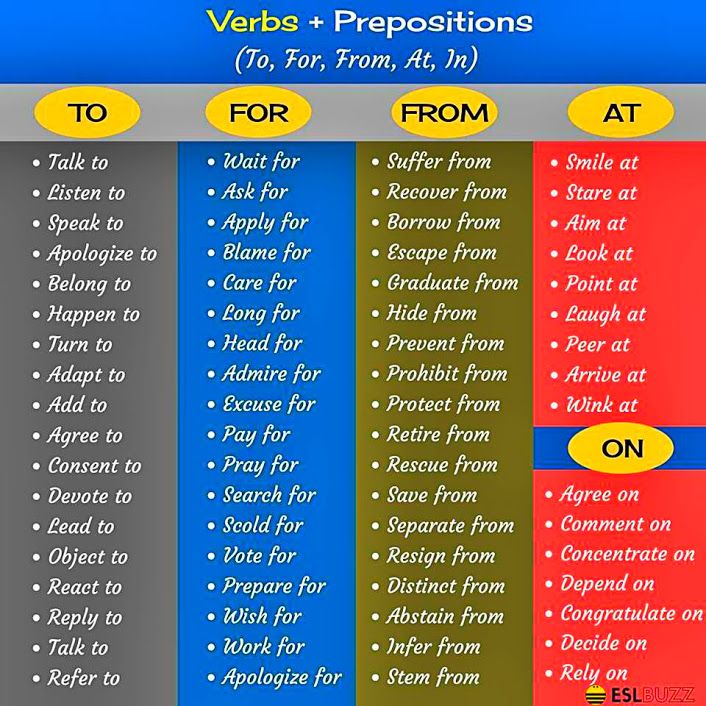 How to teach to connect the name and meaning, memorize words and distinguish them by ear, performing listening tasks.
How to teach to connect the name and meaning, memorize words and distinguish them by ear, performing listening tasks. - How to use basic behavioral techniques in speech therapy practice. An overview of the possible scope of motivation and tools for its analysis, techniques for developing motivation. An overview of the types of visual schedule and the nuances of its use. Token system: is it always needed. Frequent mistakes. Simple and advanced options.
- Working with the first language abstraction - the verb. How to teach your child to use verbs to indicate their desires. We master the criteria for the transition to the study of verbs. We understand by what principles the verb is introduced into speech, by what parameters the first verbs are chosen.
- The sequence of the introduction of the verb. What clear steps and procedures should be used to introduce a verb into active speech.
- Four stages of verb generalization. How to constantly expand the parameters of the stimulus situation and avoid frequent mistakes when introducing verbs.
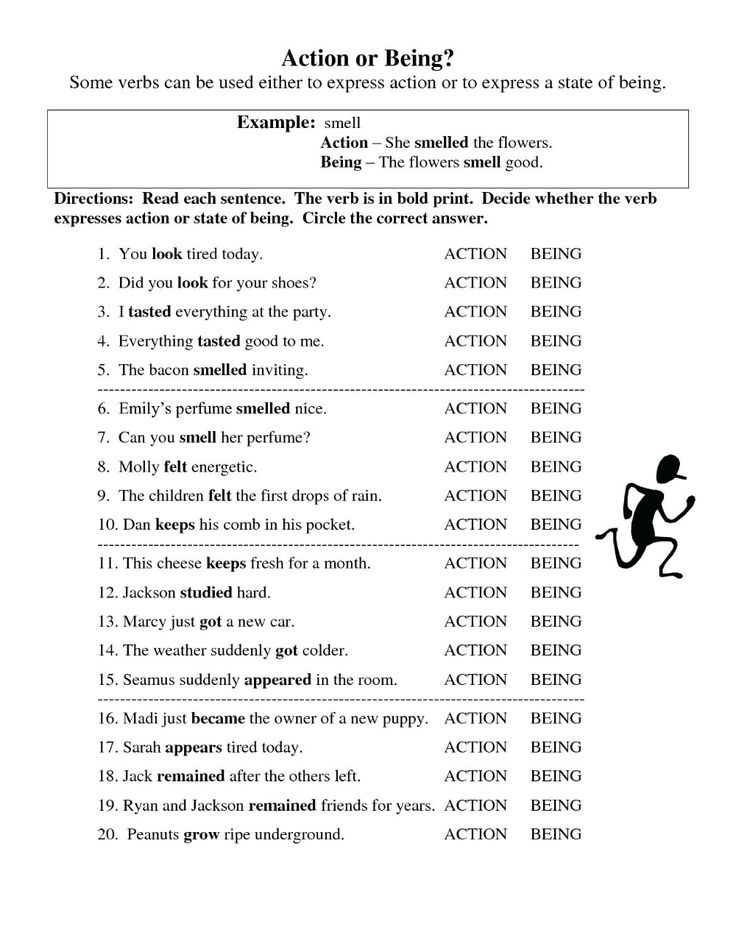 Manual with active verb games.
Manual with active verb games. - Criteria for entering the syntactic level. What needs to be done so that the child moves from the level of the word to the level of the phrase.
- How to teach a child to use the imperative form of a two-word phrase (mand), the “verb + noun (object)” model (“throw the ball!”). The procedure for learning to independently compose two-word phrases from a verb and a noun (additions).
- How to teach a child to use the imperative form of a phrase consisting of two words model: “noun (address) + verb” (“Dad, open!”). How to teach a child to call people by name. The procedure for learning to independently compose two-word phrases from a noun (address) and a verb. We teach the child to understand the two-word phrase addressed to him.
- How to teach a child to use the imperative form of a three-word phrase. A procedure for learning to use three-word phrases independently. How to teach to understand a phrase of three words: listening assignments.
 Manual with a large selection of active games for three words.
Manual with a large selection of active games for three words. - How to teach a child to use a two-word commentary phrase. How to enter a verb in the third person. What visual props and fragments to use for video modeling. Author's verbal board games and coloring. Algorithm for using author's computer and board games to form a verbal dictionary.
- How to teach a child to understand a two-word commentary phrase (tact). Why is it harmful to reduce such work to looking at pictures. Games and aids for listening.
- How to teach a child to use and understand a three-word commentary phrase. 1180 phrases for learning, mastering a clear sequence of works on author's computer games and board games.
- How to conduct express diagnostics and understand at what level to start working with children. The sequence and procedure of express diagnostics.
The distance learning program for speech therapists and defectologists is designed so that you can work with non-speaking children in parallel with classes, and build their speech using the methods and practical knowledge received.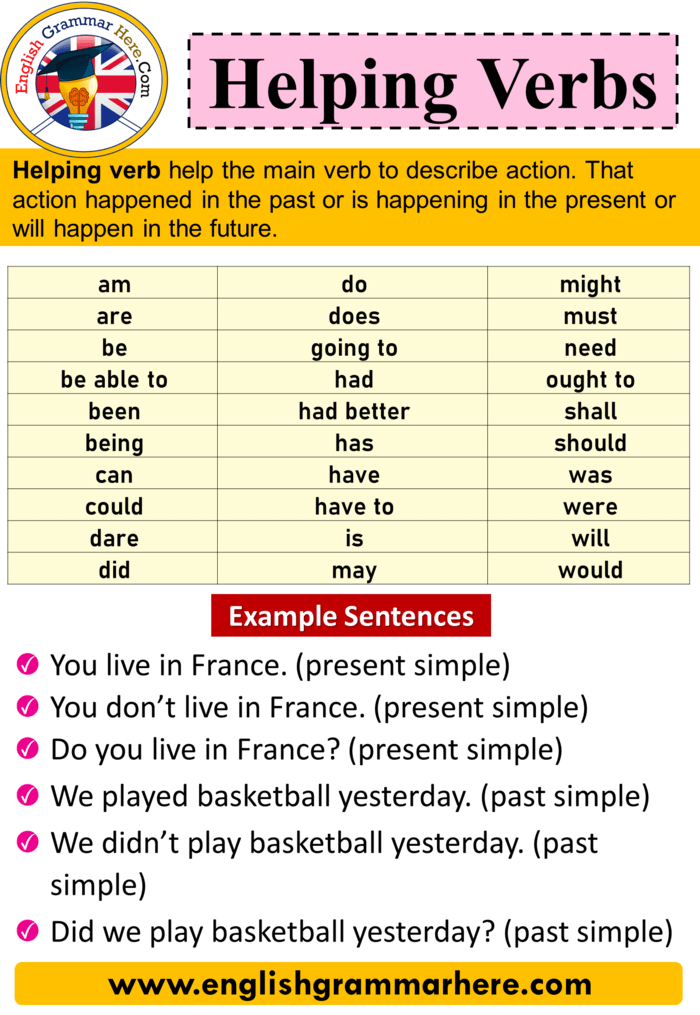 We analyze the difficulties and difficulties that arise during the work of a speech therapist in the classroom.
We analyze the difficulties and difficulties that arise during the work of a speech therapist in the classroom.
Distance learning schedule for the course
The duration of the distance learning module 3 is 12 weeks. Educational materials include 16 lessons on the Getcourse platform, consisting of a theoretical part and video work with children. Once a week, online classes are held with the course curator on the Zoom platform, recordings of classes can be obtained via the links sent.
Homework – shooting video clips of work with children or staged videos, as well as a written assignment for lessons with setting SMART goals.
Since classes are held remotely, speech therapists from Moscow, St. Petersburg, Rostov-on-Don, Voronezh, Krasnoyarsk and other cities can participate in them. Upon completion of the distance course, a certificate is issued. Specialists who have completed the course are included in the Register of Gaming Speech Therapists. After that, the Speech Territory and the Competent Parent Club recommend them for work when receiving requests from parents in their regions.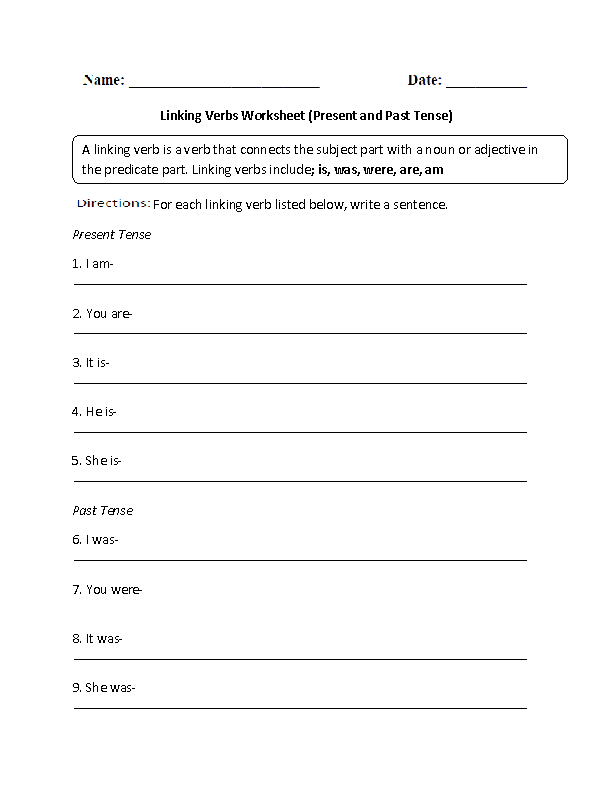
Reviews of the online distance learning course for speech therapists and speech pathologists
Below are the reviews of speech therapists based on the results of completing module 3 of the online distance learning course.
Aigel Belova, speech therapist, defectologist, Tomsk, February 2022
"The third module of the online course for specialists "The semantic side of speech - from the first words to the first phrases" by the author of the methodology Lisa Gurina ("Territory of Speech") is a revolution ! A clear structure of work on the construction of a phrase is given. And it’s cool to watch how children put together a phrase, how they boil there”
Viktoria Gordon, speech therapist, Moscow
“I really like the thoughtful combination of formats, which gives an incredibly high efficiency - the time spent on training is very small, and the efficiency of mastering the methodology is very high.
At webinars, we watch and analyze videos of colleagues with their work with children.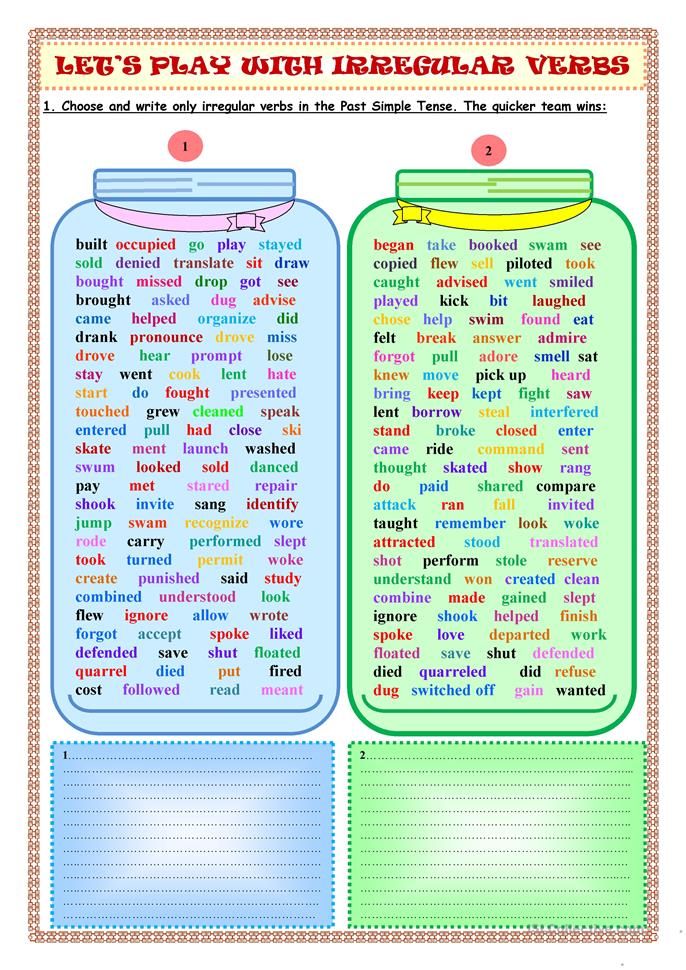 Thanks to this, you can see how their work changes from lesson to lesson, how they take into account the feedback from the leading course and start getting results”
Thanks to this, you can see how their work changes from lesson to lesson, how they take into account the feedback from the leading course and start getting results”
If you have any questions and would like information on the third module of the distance course for speech therapists, please contact us at [email protected],
or call: 8 (800) 550-11-94.
You may also be interested in the articles:
- Features of the 1 module of the online training course for speech therapists and speech pathologists at the "School of Playful Speech Therapy"
- 2nd module of distance course for online training of speech therapists at the "School of Playful Speech Therapy"
- Comparison of methods for teaching reading to preschool children: the sound method and the global reading method
- Play and Speech: 6 Gesture-Based Sound Evocation Games
- Methods for producing sounds: through emotional involvement and mechanical
- Basic games and exercises for the development of speech breathing, and why it is important
- Relationship between speech development and sensory integration
Staged games: Go, part 1 - origin, riddles, secrets, mysticism.
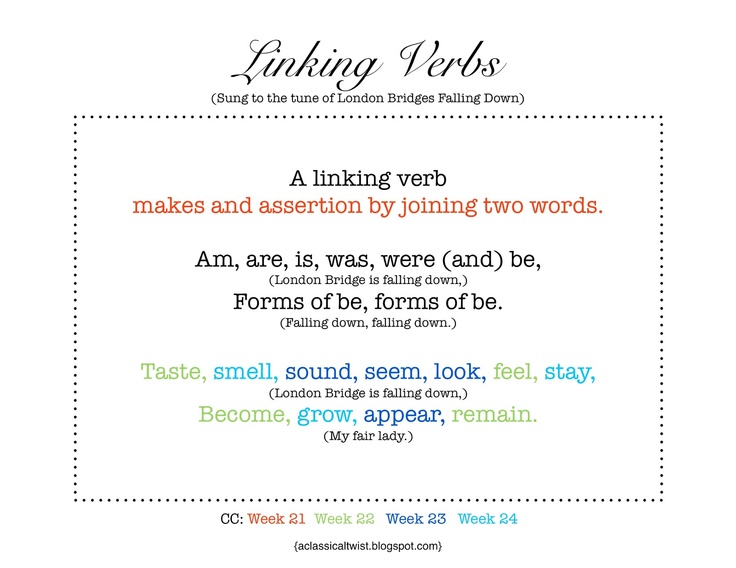
It is rather difficult to briefly and comprehensively consider such a phenomenon as Go. Thousands of books, treatises, historical studies have been written about this game, and still it is still unclear where, when and how this game with the simplest rules and extremely complex strategies and tactics arose, what game it originated from, and how it evolved.
It is amazing and strange that Go is the only known ancient game of this family, all related games originated in the 20th century and based on it. The game has been developed and cultivated for thousands of years exclusively in Asia, no analogues of Go in Europe, Africa and the Americas have been found. It would seem that with such accuracy it costs nothing to find the original source, but Asia is an ancient and very vast cultural region. The history of Go, according to the most modest assumptions, has from 2.5 to 4 thousand years - during this time, dozens of civilizations have changed in the East, mighty empires have flourished and crumbled to dust, grandiose migrations of peoples have taken place.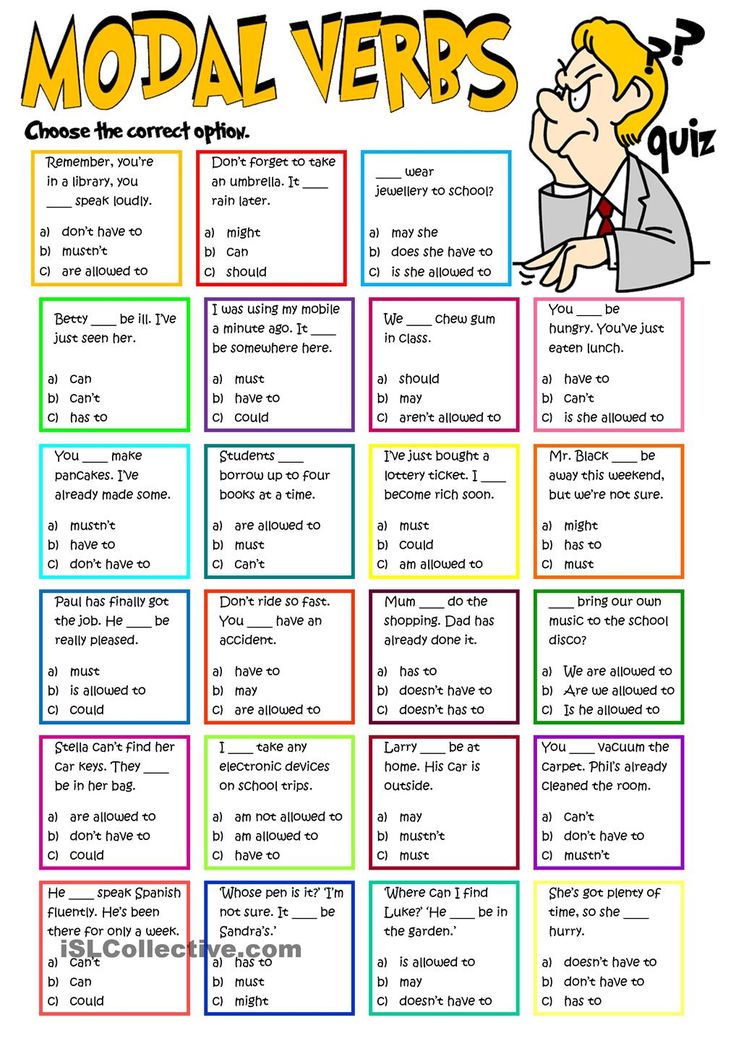 At the same time, there are still huge spaces where no human has set foot for centuries.
At the same time, there are still huge spaces where no human has set foot for centuries.
The game of Go was known in different regions under different names. In ancient China, it was known as “I”, 弈 (“Game”), later the name “Weiqi” or “Weichi” was fixed there - 圍棋 (literally “Game of environment (binding)” or “Chess environment”), in Korea - “ Baduk - 바둑 ("Grid Game"), in Vietnam - "Ko-wai", 碁圍 (also "Environment Game"), in Tibet - "Ming Mang" and "Jyalpo", in Mongolia - "Derwelts". In pre-revolutionary Russia, where the game was brought by the ambassadors of the Chinese diplomatic mission, it was called “battling checkers”, which does not quite correspond to the goal of the game, since the opponents do not seek to capture the opponent’s chips, but to fence off the maximum territory on the board. In Japan, the name "I-Go" is accepted - 囲碁, but this is a proper name, which has many homonyms and is not always clear even to modern Japanese. So, in the anime “Hikaru and Go”, the main character walks in a T-shirt with the image of the number 5 or a dice with the same speck (in Japanese, “five” is also “go”), but this is a play on words.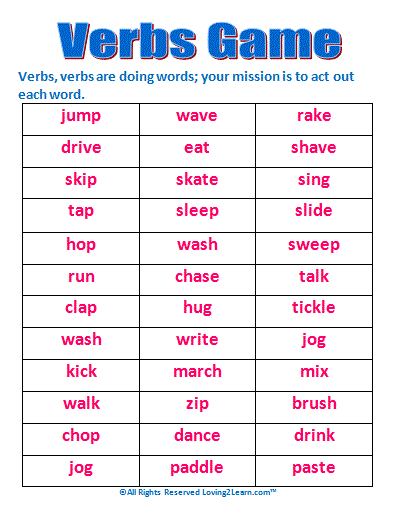
In this case, "I" is a tracing from Chinese, and "Go" refers to the ancient pronunciation of the character meaning "stone from the shell." Also in Japan there are names: “Zain” (“Seated hermit”), “Uro” (“Crow and heron”), “Hoen” (“Square and circle”), “Shudan” (“Conversation with stones”) and “Ran -Ka "(" Rotten ax handle "). The latter refers to an old Taoist legend: once in the era of the Qing Dynasty (265-420), a woodcutter named Wang Zhi went to the mountains to cut wood and saw two elders in the forest who indulged in an incomprehensible game. Interested, the woodcutter came up and began to observe, and when he got hungry, he was treated to a date. Then the game ended, the players disappeared into the air and Wang Zhi found that he himself had turned gray, his clothes had decayed, the ax handle had rotted, and a date tree had grown from the bone he had thrown. It turned out that a hundred years had passed since the beginning of the party.
When the game was introduced to the West in the early 20th century, the Japanese name Go was attached to it. In English, it is customary to capitalize it to distinguish it from the verb "go" ("go", "move"). This spelling gradually migrated to other languages; although this is wrong, I find it useful, because in everyone there were similar words and abbreviations, and even in Russian, an obsessive GO comes out every now and then. Neither the full name i-go, nor weiqi, nor baduk have taken root in Russian.
In English, it is customary to capitalize it to distinguish it from the verb "go" ("go", "move"). This spelling gradually migrated to other languages; although this is wrong, I find it useful, because in everyone there were similar words and abbreviations, and even in Russian, an obsessive GO comes out every now and then. Neither the full name i-go, nor weiqi, nor baduk have taken root in Russian.
The formation of modern Go is usually associated mainly with Japan, where the game experienced a strong rise in the 15th century, took shape as an art and a sports discipline, but it was most likely brought to the islands in the 7th century from Korea by settlers who emigrated from political chaos .
For almost 200 years, Go was the private entertainment of the imperial household, and only Buddhist monks, despite the ban, used Go as a spiritual practice. Only in 701 the game was declared not gambling by official imperial decree and the ban was lifted.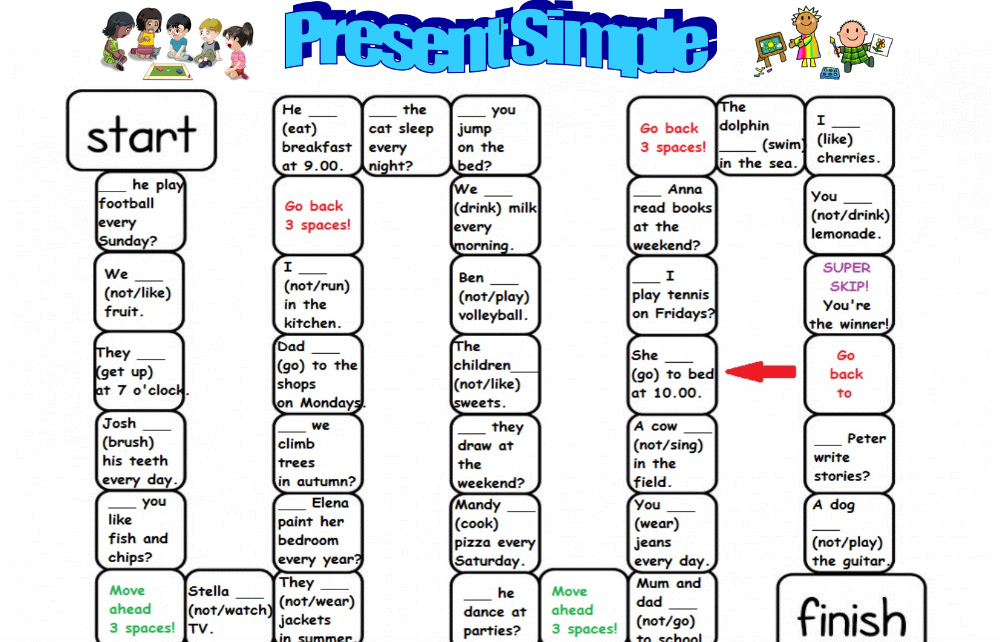 The Japanese gave the game a new name, but did not make any changes to the mechanism and rules, moreover, archaic elements of the rules were preserved in Japan, which the Chinese themselves subsequently abandoned (for example, calculating the result of the captured territory and captive stones - in China they count points by territory and to their stones standing on the board, and the captive stones are simply returned back to the bowl).
The Japanese gave the game a new name, but did not make any changes to the mechanism and rules, moreover, archaic elements of the rules were preserved in Japan, which the Chinese themselves subsequently abandoned (for example, calculating the result of the captured territory and captive stones - in China they count points by territory and to their stones standing on the board, and the captive stones are simply returned back to the bowl).
Go's origin is unclear, his ancestor is unknown. Most likely, the game originated in mainland Asia about 2500 years ago, but when trying to localize the focus, traces are lost on the border of China, Tibet, India and Mongolia.
There is a version that Go was preceded by gambling "any" , which used dice (or rather, sticks D2). An indirect confirmation of this is the fact that the disappearance of any time coincides with the massive spread of Go in China (if these games were very different, one would hardly have replaced the other).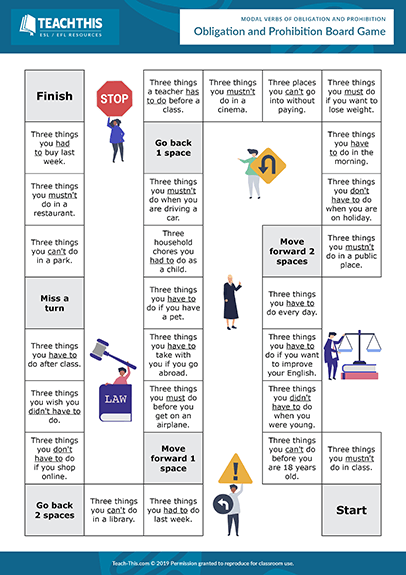 Arguments against this theory are the general dissimilarity of the Go boards and the different mechanics of these games. Everything is complicated by the fact that the rules of Liubo have not yet been restored.
Arguments against this theory are the general dissimilarity of the Go boards and the different mechanics of these games. Everything is complicated by the fact that the rules of Liubo have not yet been restored.
Perhaps the answer to the question of where Go came from could be given by the most ancient version of the game, preserved today in Tibet in China and in the state of Sikkim in India, however, its history is full of white spots and black holes. The editor of the Chinese magazine Weiqi, Chen Xiao Liu, suggested that Go came to Tibet from China in the 7th century, and that stories about Tibetan Go were created later. On the other hand, Yang Zhong Zhong, the founder of the Tibetan Strange Phenomena Society, in his article "Black and White Symbolism in Tibet" argues that the Tibetan and Chinese versions of the game at least developed in parallel.
Tibetan Go has many archaic features: a smaller 17x17 board (usually made of felt or linen) with 12 star points marked with dots. The initial arrangement is always applied, with stones of different sizes and values. The center of the board, the “kong” (“empty” or “belonging to everyone”) and the central point are usually marked with a vajra (in Tibetan “dorje”) - a Buddhist symbol of unexpected enlightenment, insight, lightning.
The initial arrangement is always applied, with stones of different sizes and values. The center of the board, the “kong” (“empty” or “belonging to everyone”) and the central point are usually marked with a vajra (in Tibetan “dorje”) - a Buddhist symbol of unexpected enlightenment, insight, lightning.
In addition to the usual, one-color, the so-called "monastic" board, painted in five colors, is known in Tibet; the most curious thing is that the stones on it were placed in cages, and not in crosshairs.
The common name for stones in Tibetan Go is “Rdel”. Six large black and six white stones are called "Bo" ("effigy" or "defender [of the fields]"). Small stones are called "Dew" ("small hard thing"). In the first phase, the players place the Bo stones on the star points in a strict order, in the second they begin to walk with the Dew stones. White makes the first move. The game always starts in the corners, and each new stone must be placed no further than one intersection from the previous one or from Bo, while the keima ("knight's move") is allowed, but the diagonal stand is not.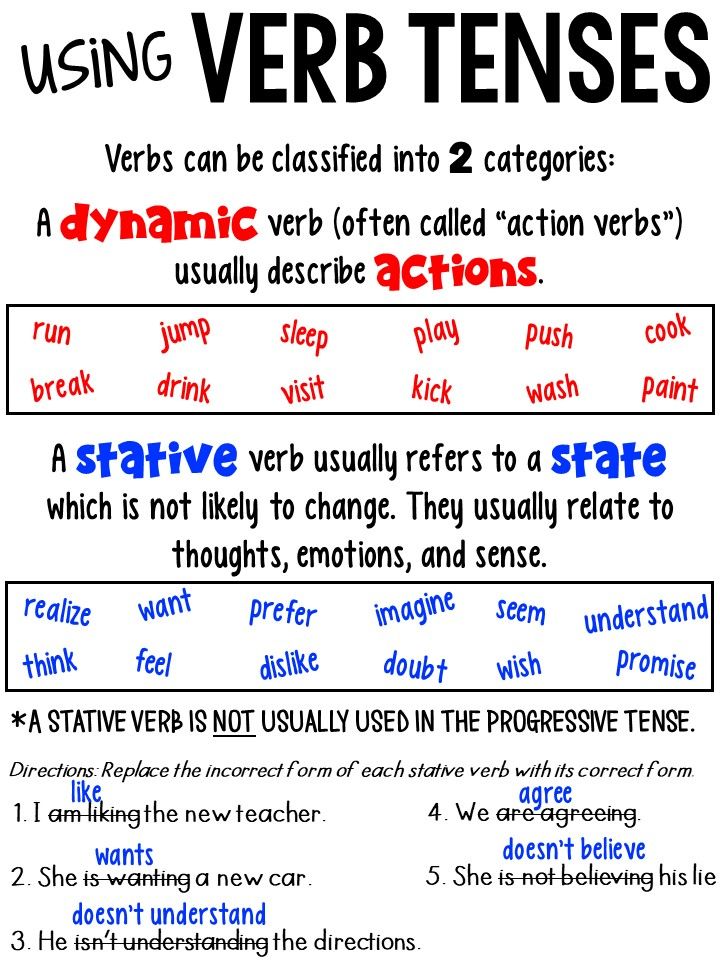 Capturing the central intersection gives 5 points (according to other sources - 10), and if the player loses two corners (namely the corners, i.e. points 1-1 under his Bo stones), and the enemy does not, the loser is charged a penalty of 20 points.
Capturing the central intersection gives 5 points (according to other sources - 10), and if the player loses two corners (namely the corners, i.e. points 1-1 under his Bo stones), and the enemy does not, the loser is charged a penalty of 20 points.
The rules for capturing a group are also different from the classic ones: the player must wait one turn before destroying the "one-eyed" group or making a move in which a stone or several are captured. You can also put your own stone in place of the stones just removed by the opponent only after a move (i.e., the gosh "rule of ko" is valid for any removal of stones from the board, and also for groups). We will look at these subtleties later when we get acquainted with the rules.
Differences in the size of the stones is additional evidence of the separation of Chinese and Tibetan Go. In the ancient sets found, both variants are found. In the most ancient Tibetan sets, the markings on the boards are unusually large, the Bo stones are hemispherical, with a flat base, largely identical to modern Chinese ones, while the Dew stones are uneven - pyramidal, square and so small that they do not touch when set.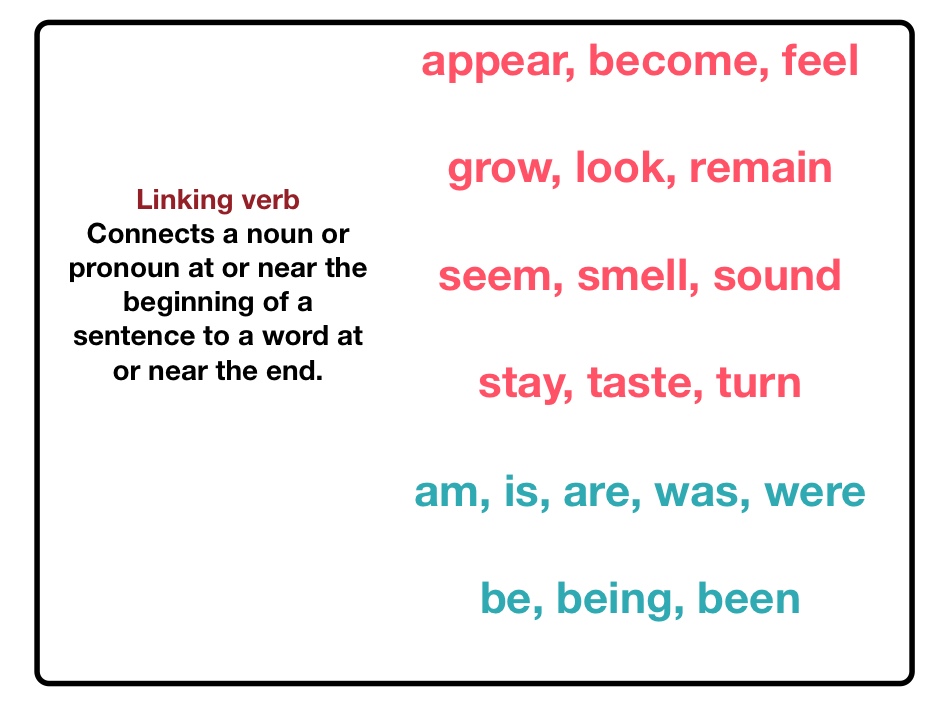
The players chose a color by scattering the Bo stones in a manner reminiscent of the Taoist method of speaking with the spirits, where the combinations of the flat and convex sides of the stones mean different things, similar to the I Ching hexagrams. If you think about it, you can assume that in this ritual lies a hint of how it was transformed into Go. If 6 lubo sticks (and "Liu Bo" is translated as "Six sticks") replaced 6 Bo stones (on each side), such a ritual may be a vestige of an older game of chance. The board for lubo was called "Yu", the game of Go in ancient China was called "I". The very similarity of the names of sticks and stones, as well as boards, already raises questions. The change in the general mechanics occurred under the influence of some other practice, about which we can only guess so far.
White moves first and receives an additional half point “for diligence”, as a result of which they win if there is a draw (in modern Go, on the contrary, half a point is given to the responding side). When playing unequal opponents, a handicap is practiced, not a handicap. A captured Bo Stone counts as one point like a regular Stone.
When playing unequal opponents, a handicap is practiced, not a handicap. A captured Bo Stone counts as one point like a regular Stone.
Go in Tibet has many names, the most common today - "Ming Mang" ("Many Eyes"), "Becoming a King" (colloquial "Jyalpo" - "King"), as well as "Dharmadhatu in the Heart", and " Self-control." At the same time, the name "Ming Mang" is also used in relation to another ancient Tibetan game with stones - "Gundru" or "Gandra", reminiscent of modern reversi, but how and when these games exchanged names is unclear.
The first mention of Go in Tibet dates back to the reign of King Songtsen Gampo (617-650 AD), who was later deified.
Songtsen Gampo was the first of the three Dharma kings in Tibet, a great educator and reformer. The chronicle says that his first minister of war, Zutse, brought a secret text in the language of the Turfan principality, which contained: the Teaching about the rules of Go, the Teaching about military strategy, and the Teaching about medicine and astrology.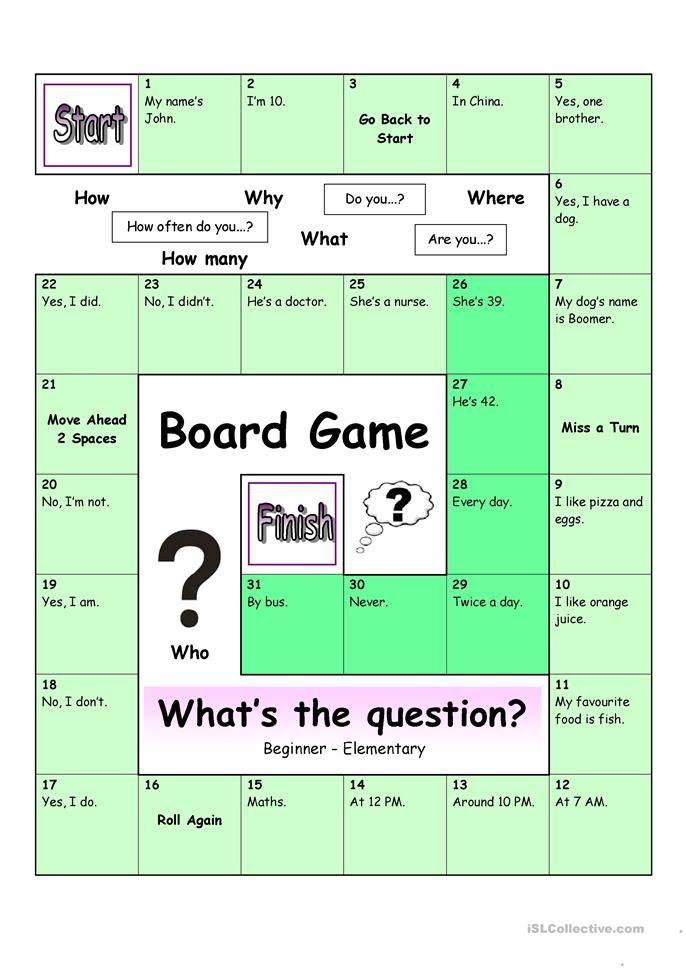
This story was unexpectedly confirmed in the year 2000, when a stone slab marked for playing Go was found during renovation work near the ancestral palace of Songtsen Gampo in the principality of Maijokunggar. The stone was part of the wall of a residential building, but is believed to come from a palace, from the ruins of which the locals slowly dragged material for construction.
This is an impressive block of stone (144x56 cm. + two “wings” on the right and left with recesses for stones) with a marking of 17x17, dated indefinitely, made a very long time ago, perhaps in the time of Songtsen Gampo himself. Now it is exhibited in the museum of the city of Changdu, in the province of Qinhai. Locals believe that this is the board of Geser Khan himself, the mythical Tibetan ruler, and if you go around it three times, you will gain wisdom.
The oasis city of Turfan (formerly a trading principality of the Uighur Khaganate, and now an autonomous region of China) is located in the central part of Xinjiang, at the southern foot of the Tien Shan Mountains, at the very beginning of the Takla Makan desert.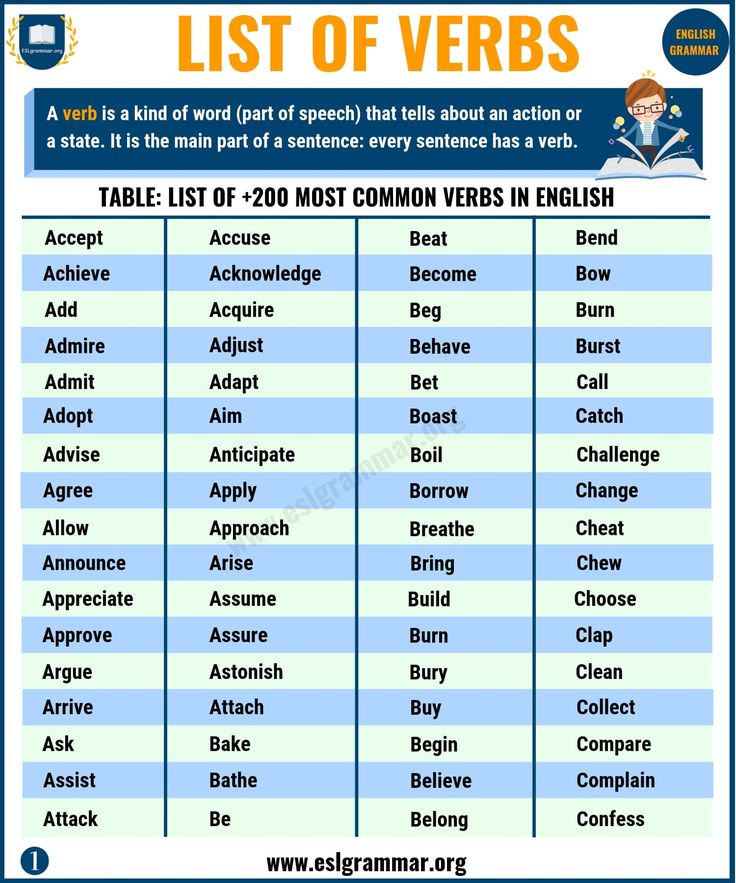 The northern branch of the Great Silk Road passed through its ancient cities of Gaochang and Jiaohe. Here, where Tibet, China and Mongolia converged, both full-sized stones and miniature sets for playing Tang Dynasty Go were found in abundance.
The northern branch of the Great Silk Road passed through its ancient cities of Gaochang and Jiaohe. Here, where Tibet, China and Mongolia converged, both full-sized stones and miniature sets for playing Tang Dynasty Go were found in abundance.
In 1900, in the caves of Mogao near another oasis city of Dunhuang, local Taoist priest Wang Yuanlu accidentally found a cave where he discovered a grandiose library of Chinese manuscripts covering about a thousand years (406-995), which can trace the development of Buddhism from its initial entry into China. In a dark dry cave, historical, military and scientific documents, copies of political treaties and even personal documents, such as tax receipts, are perfectly preserved. Notes were also found stating that "Tibetans love to play go and lubo" , as well as a treatise on weiqi tactics "Dunhuang Seiben Keiching" from the short-lived Sui Dynasty. In the 4th century, Dunhuang was the last stop for Chinese Buddhist pilgrims on their way to India, and the first stop for incoming missionaries. It is unlikely that Go originated here, but this region certainly played a huge role in the spread of the game.
It is unlikely that Go originated here, but this region certainly played a huge role in the spread of the game.
For Tibetan aristocrats, Go was a highly ceremonial practice. In one of the ancient kingdoms of Tibet, the game of Go was accompanied by the so-called “battle of tongues”. When placing a stone, the player had to put together a phrase in a certain manner to show how fast he thinks. For example, the first player could start with the words: "This is a mouse - she will dine in your house" , the second one put a stone and retorted: "This is a cat - she will grab the mouse" . Further, the dialogue continues in the style: "This is a rabbit - it will gnaw a hole under you", "This is an eagle - it will grab a rabbit", "This is a leopard - it is strong", "This is a tiger - it is as strong as a leopard" , etc. , while the lines had to rhyme or begin with the same letter of the Tibetan language, or obey some other rules.
Yang Zhong contrasts these poetic squabbles in the spirit of the Russian "Turnip" or the English "The House That Jack Built" with the silent "talking with hands" and "impeccable conversations" of Chinese Weiqi in the 7th century.
Chen Xiao Liu gives a legend about the king of Tibet, who was a wise ruler and a very strong Go player, and also had a great command of the art of "battle of tongues". While playing Go, he even discussed important matters with the ministers in the form of a "battle of tongues". This king kept parrots that imitated human speech; they flew everywhere and eavesdropped on what their subjects were saying, and when they returned, they recounted what they had heard. So the king discovered that his wife was conspiring. The ruler invited her to play Go with him, and during the “battle of tongues”, using cunning turns of speech, he hinted how badly she would act if she betrayed him. The queen blushed, in the middle of the game she complained of feeling unwell and retired to her chambers. The king once again thought over all the subtleties of the “battle” that had taken place and realized that the birds had told the truth. As a result, the wife confessed and was demoted to commoners, and her entire family was punished.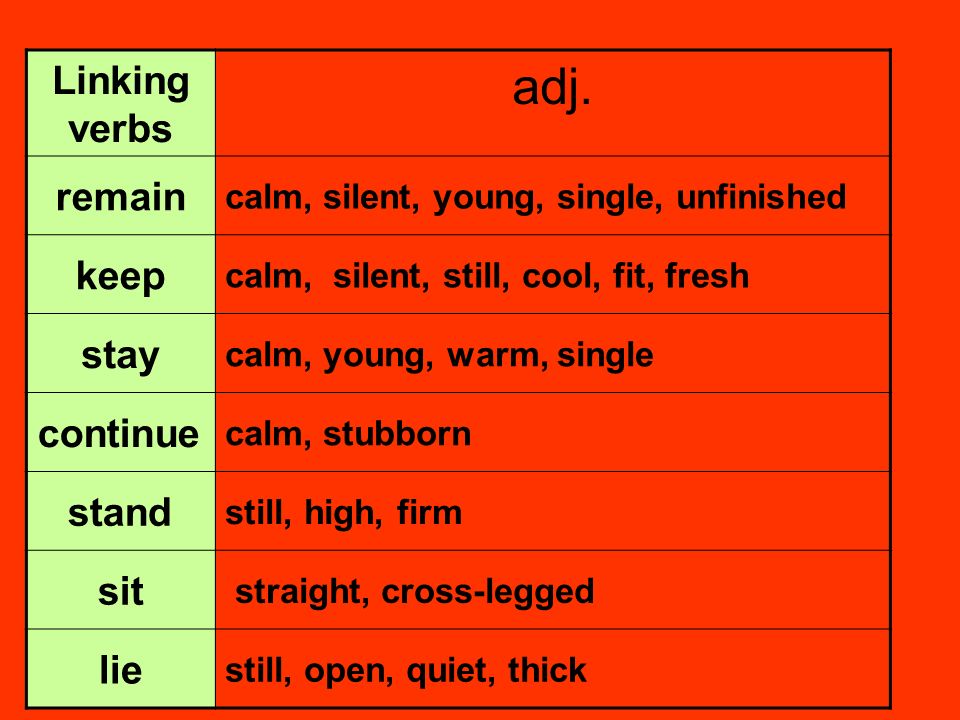
Without a doubt, Go (under the name "Dervelets") was also known to the Mongols. Asiya Popova, in her article on Mongolian gambling, describes roughly the same version of Go as in Tibet. "Board" of gray or yellow fabric with a grid of 17x17 lines, where six intersections are marked with black dots and six with white. There are two types of stones in the game: 6 white and 6 black "bulls", and 144 black and 144 white "dogs" in smaller sizes. The Mongolian game also has two stages, where the first is the formation, and in the second, the players alternately set up "dogs" on empty intersections, trying to create eye formations. Once the stones are placed on the board, they cannot move. The meaning of the game is that the players surround the "bulls" of the enemy and protect their own. The winner was the one who surrounded the most free fields.
Chronicles tell how in the 12th century two high-ranking Tibetans visited the headquarters of Khubilai (Kubla Khan) and received from him a precious set of Go as a gift. In 1330, the Mongol emperor Tugh Temür asked the adviser Yu Zhi, a neo-Confucian from the Hanlin Academy, a question that sounded like this: "Should I, if I really am the Son of Heaven, be able to play Go?" . Yu Zhi responded positively in the sense that this game is an art that develops the mind and is a meaningful pastime. It is possible that it was for this reason that Tugh-Temur became the first Mongol khan who was seriously interested in the life and culture of the peoples he conquered, and not just planted his governors.
In 1330, the Mongol emperor Tugh Temür asked the adviser Yu Zhi, a neo-Confucian from the Hanlin Academy, a question that sounded like this: "Should I, if I really am the Son of Heaven, be able to play Go?" . Yu Zhi responded positively in the sense that this game is an art that develops the mind and is a meaningful pastime. It is possible that it was for this reason that Tugh-Temur became the first Mongol khan who was seriously interested in the life and culture of the peoples he conquered, and not just planted his governors.
Another semi-mythical story is much more dramatic. In the 17th century, the Gzang dynasty invaded Tibet and tried to suppress Buddhism. The Dalai Lama made a secret pact with the Mongol general Gu Shri Khan, and he drove off the invaders, after which the Mongols decided to gain a foothold in Tibet under the rule of Gu Shri's successor, Lha Bzang Khan as ruler and the Dalai Lama as spiritual leader. In 1679, when the Dalai Lama died, his servant Sangs-rgui-mtsho concealed this fact until a child was found who became the next reincarnation of the Dalai Lama, after which he appointed himself Minister Regent on his behalf. There was a dual power, the political situation in the country escalated, but since each ruler had a serious military force behind them, both eventually decided to play a public match of three games in Go, the winner of which received power. Lha-bzang Khan defeated (and subsequently killed) his opponent. Extremely superstitious Tibetans considered Go to bring misfortune, and the game was banned among the people.
There was a dual power, the political situation in the country escalated, but since each ruler had a serious military force behind them, both eventually decided to play a public match of three games in Go, the winner of which received power. Lha-bzang Khan defeated (and subsequently killed) his opponent. Extremely superstitious Tibetans considered Go to bring misfortune, and the game was banned among the people.
Only the aristocrats and high clergy of the Lamas and Tulkus were allowed to spend their time playing Go. Tibetan law explained it this way: “Logic games are inaccessible to those who do not know history and philosophy perfectly. An unprepared mind, carried away by such a game, gives rise to anger and malice, manifesting all aspects of ignorance. Such a mind has no understanding of black and white, no examples of the past. And a misunderstanding of the nature of phenomena can drive one who is not ready to face reality crazy. For the common people there are songs, dances, bones, a lottery, divination, proverbs and instructive stories of the past; it is these types of leisure that make people kinder” . It has become a tradition during the Garden Games Festival on the 15th day of the 4th month of the Tibetan calendar to invite friends to their ornamental gardens to dine, sing, dance and play games, among which Go was considered the most important.
It has become a tradition during the Garden Games Festival on the 15th day of the 4th month of the Tibetan calendar to invite friends to their ornamental gardens to dine, sing, dance and play games, among which Go was considered the most important.
Japanese amateur historian Hajime Yasunaga suggested that the Go boards were originally calendars placed over a square earth, and that traces of such practices can be seen in Tibetan Go, which has 12 star points instead of 9, which matches the number signs of the Zodiac, moreover, the game begins with the obligatory filling of these points. Yasunaga also drew a parallel with the duodecimal system that existed in China during the Northern Yin Dynasty (1384-1112 BC).
This is also debatable. Both simple one-color and monastic five-color boards were actually used in Tibet for predictions and astrological forecasts for the whole year. The total number of stones is 301, although 17x17 lines give only 289 intersections. 144 + 145 Dew stones + 12 large Bo stones add up to 301, which is unlikely to be a modified duodecimal calendar, rather, it correlates with the astrological ideas of those times, going back to the Kalachakra Tantra - the Tibetan teaching about the "Great Wheel of Time".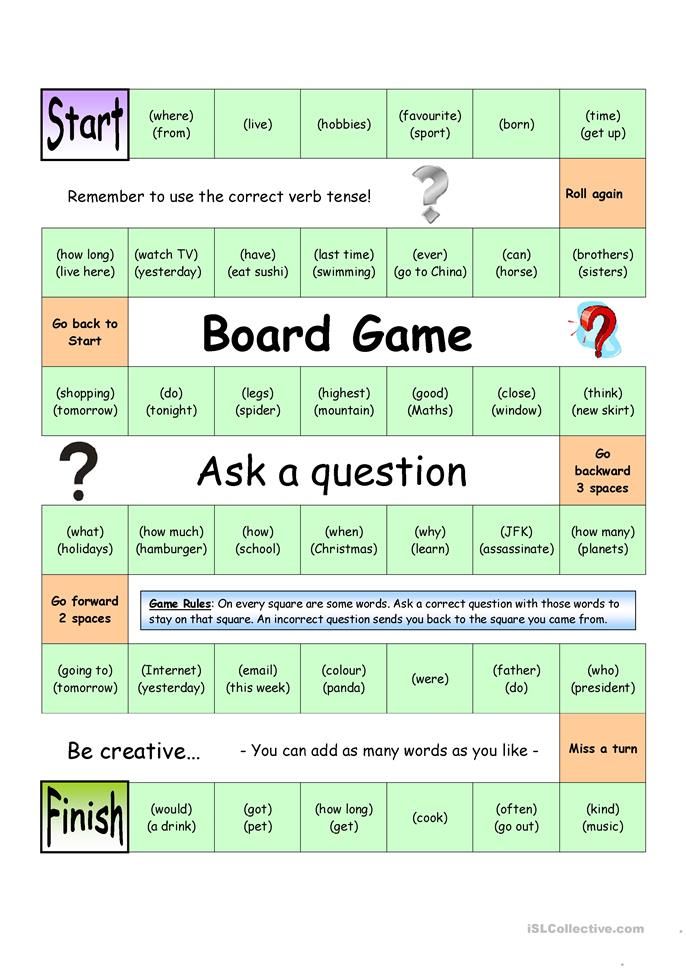 In the structure of the sacred Kalachakra mandalas, if you wish, you can see some similarity with the board for Go. The Go pattern is laid out from stones, the mandala is drawn with grains of sand. Both the drawing of the mandala and the finished game in Go are destroyed after creation - this is a separate ritual that carries a deep symbolic meaning: there is nothing permanent in the world, and we should not be attached to anything. The Tibetan name for the mandala, 'Khiilkhor', translates as 'the center of a circle with outer walls and surroundings'. It is useful to remember that one of the names of the game of Go sounds like "Hoen" - "Square and circle."
In the structure of the sacred Kalachakra mandalas, if you wish, you can see some similarity with the board for Go. The Go pattern is laid out from stones, the mandala is drawn with grains of sand. Both the drawing of the mandala and the finished game in Go are destroyed after creation - this is a separate ritual that carries a deep symbolic meaning: there is nothing permanent in the world, and we should not be attached to anything. The Tibetan name for the mandala, 'Khiilkhor', translates as 'the center of a circle with outer walls and surroundings'. It is useful to remember that one of the names of the game of Go sounds like "Hoen" - "Square and circle."
It is interesting (and strange) that earlier a similar role of the key, forming element of the mandala was played by the board for playing lubo. There is a game and there is a game. Symptomatic, to say the least.
The number 12 is generally important in Taoism and the Bon religion (lit.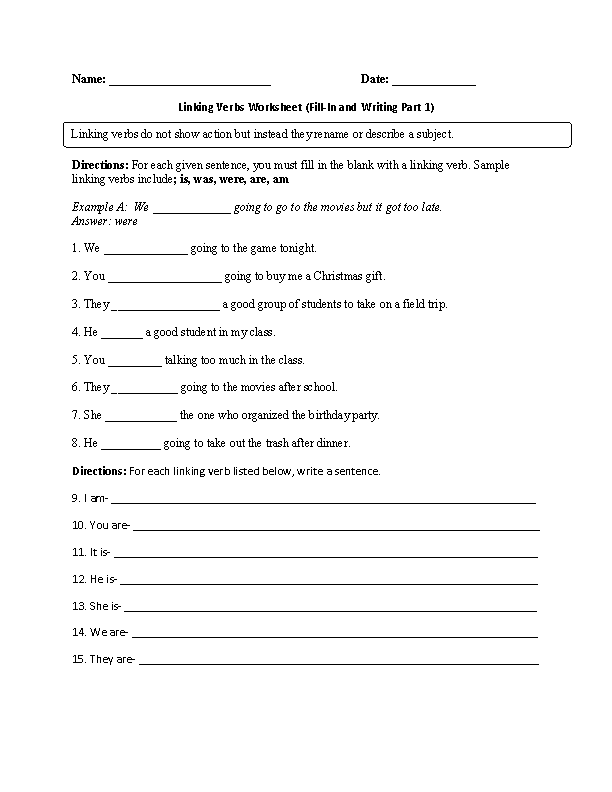 "Bon-po" - "Bon practitioners"). In particular, the sacred "Square City" Olmo Lungring (Shangri-La, an analogue of the Buddhist Shambhala) has 12 palaces, and Tibet itself is divided into 12 regions. The board of Tibetan Go in this light appears as a miniature display of Time moving around the square Earth, but not a calendar at all. Here a curious parallel arises with the ancient division of China into 9areas (small board for Go - 9x9, and on a large Chinese board 9 star points).
"Bon-po" - "Bon practitioners"). In particular, the sacred "Square City" Olmo Lungring (Shangri-La, an analogue of the Buddhist Shambhala) has 12 palaces, and Tibet itself is divided into 12 regions. The board of Tibetan Go in this light appears as a miniature display of Time moving around the square Earth, but not a calendar at all. Here a curious parallel arises with the ancient division of China into 9areas (small board for Go - 9x9, and on a large Chinese board 9 star points).
Chinese and Japanese Go is dominated by Buddhist terms such as "breath", "emptiness" or "eternity", while the Tibetans used animal names for various forms, such as "fish" (two-eyed angular shape) or "deer" (another angular shape, with protruding "horns"). Taking a stone was called “eating a puppy”, and cutting a joint was called “cutting a throat”. The echo of the Tibetan tradition still resounds, for example, in the Japanese names of such stances as “tiger with prey”, “crane in the nest”, “monkey”, etc.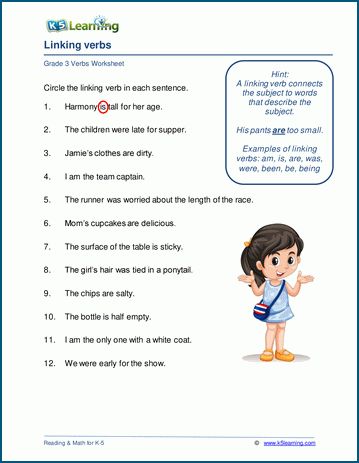
Bon is the original religion of Tibet. There are many parables about disputes, disputes and even enmity between the adherents of these two religions. M. Bunburi's treatise "Three Days East of Lhasa" describes how an ancient Indian Buddhist monk came to the mountains where Bon adherents lived. The local monk invited him to a debate, but they spoke different languages and could not understand each other, so they decided to play Go, and adept Bon won. Yang Zhong Zhong considers this to be evidence that Go was a traditional practice of Bon, since there are no stories about Go in those years in India.
Yang Zhong Zhong also writes that in the Chomo County near Shigatse "... King Wei Zi once ruled, and all the monks played weiqi" . Even if it's just an apt pun, such a ruler did exist during the Zhou Dynasty. Chomo is located on the border of China, the Indian state of Sikkim and Bhutan. Anthropologist from Boston Peter Shotwell, having visited this area, showed the villagers a diagram with a record of the game of Go. The result was amazing: the peasants were frightened and did not want to talk about it, they only said: "Black Bon!" and "This is what they used when they told you how long you had to live" . Shotwell writes that he tried to enter the monastery, but was detained by the guards.
The result was amazing: the peasants were frightened and did not want to talk about it, they only said: "Black Bon!" and "This is what they used when they told you how long you had to live" . Shotwell writes that he tried to enter the monastery, but was detained by the guards.
Here we need to make one more digression.
If initially Buddhists were forbidden to play Go (a serious game took away the sacred time intended for learning), then in the Bon Go tradition it was an important spiritual practice. The impact of Buddhism was felt only in Central Tibet, the rest of the country (especially the eastern regions) always remained under the strong influence of Bon.
Both Buddhism and Bon do not have the idea of God, but Bon is similar in its structure to Taoism and Japanese Shintoism, representing legalized shamanism. The Bon system implies dualism, the surrounding world in its understanding is inhabited by spirits, most of which are hostile to humans and are considered demons, but there are also spirits that can be appeased or defeated. They turn into benefactors and protectors and are then regarded as gods - "Lha". Between these two armies there is an endless struggle, in which neither side can win, but a person can only carefully maintain a balance and use the opposition of these forces for his own good. Bon ritual practices are aimed at enabling a person to go beyond duality and master energy. The very same symbolism of Black and White may have been brought to Tibet by Zoroastrian fire-worshippers from Persia.
They turn into benefactors and protectors and are then regarded as gods - "Lha". Between these two armies there is an endless struggle, in which neither side can win, but a person can only carefully maintain a balance and use the opposition of these forces for his own good. Bon ritual practices are aimed at enabling a person to go beyond duality and master energy. The very same symbolism of Black and White may have been brought to Tibet by Zoroastrian fire-worshippers from Persia.
Opposing Bon, Buddhism fundamentally denies dualism as such and is a "salvation" religion whose main message is that you can "win" if you have enough faith. The fundamental feeling of Bon is that by "winning" you can only comprehend. When performing rituals, bon-po do many things in the reverse order compared to Buddhism - they say some mantras in reverse, bypass stupas and rotate the prayer wheel counterclockwise. The reverse swastika (anti-salt) borrowed by Nazi ideologists is a Bon symbol.
At the present time there are two branches of the Bon religion - "Bon of the top of the Universe" - the Teaching that existed before the arrival of Teacher Shenrab from Elam, and "Bon Swastika" - the Teaching, the founder of which is Tonba Shenrab.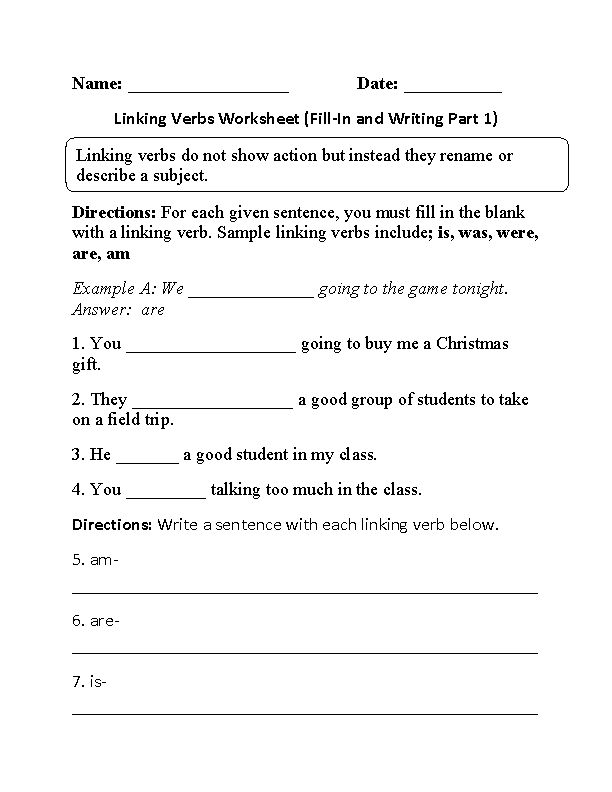 I will not talk about the essence and differences between them - those who wish to receive information today will find it without difficulty anyway. We are more interested in the historical development of Bon, in which there are three stages: "black", "striped" and "white" Bon.
I will not talk about the essence and differences between them - those who wish to receive information today will find it without difficulty anyway. We are more interested in the historical development of Bon, in which there are three stages: "black", "striped" and "white" Bon.
The most ancient (“black”, “wild”, “shamanic”) Bon emphasized magic and sorcery, which made it possible to subdue or propitiate the evil spirits surrounding a person. The second stage (“striped” or “erroneous” Bon) was characterized by miracles and exploits of alien sages-shamans, various ascetics (mainly from Kashmir). The third stage is characterized as a “reformed” or “white” Bon (Bon-cho), which was forced to adapt to Buddhism as a stronger religious trend (the last Bon monastery in socialist China professes a “white” Bon, which in fact differs little from Buddhism) . Bon is the oldest religious tradition on planet Earth, at least 18,000 years old in total. Approximately 2/3 of Tibetans consider themselves part of the Bon tradition to some extent, and this despite the religious and political dominance of Buddhism for more than six centuries.
The name “Bon” comes from the expression “yun-drun-gi-bon”, which means “ritual of speech action”, “repetition of magic formulas”. However, Bon religious events had a complex structure and included not only the casting of spells, but also various rituals, dances and sacrifices. The Bon priest (usually living as a hermit) acted simultaneously as a magician and a necromancer, a shaman and a magician; he was in the power of the gods, and through him the deities manifested themselves in this world.
Given all of the above, with a fair degree of caution, we can assume that Go is rooted in the deep practices of the most ancient, occult, sacred and mystical, "black" branch of Bon.
Indeed, there is evidence that the shamanic ritual of subduing a neutral spirit may have involved some kind of game. In the diary of the Russian ethnographer and linguist A. Kozmin (who, unfortunately, recently died tragically), there is a story of a Buryat shaman: “There is such a demon, mamtiiren. He lives in a cave facing northeast. For three evenings you have to sit "by the cave" and pour vodka for yourself and him and play chess. The vodka starts to disappear, he starts to get drunk and becomes visible. And when he shows up, you can swear to be good friends with him. He lives with a person and fulfills his desires. When "this" person dies, "he" himself becomes a mamtiiren. It is possible to get rid of such a fate, it is necessary to read the sacred books. During the life of the human host, it does not harm. Doesn't hurt others either. He is good and loyal like a dog. Therefore, after the death of the owner, he makes him similar to himself, so as not to part.0157 .
He lives in a cave facing northeast. For three evenings you have to sit "by the cave" and pour vodka for yourself and him and play chess. The vodka starts to disappear, he starts to get drunk and becomes visible. And when he shows up, you can swear to be good friends with him. He lives with a person and fulfills his desires. When "this" person dies, "he" himself becomes a mamtiiren. It is possible to get rid of such a fate, it is necessary to read the sacred books. During the life of the human host, it does not harm. Doesn't hurt others either. He is good and loyal like a dog. Therefore, after the death of the owner, he makes him similar to himself, so as not to part.0157 .
In this particular example, the shaman uses Mongolian chess as a "bait for spirits" - shatar . Is it possible that Go played the same role in the Black Bon tradition? Is the idea of playing with the gods so ridiculous?
From the history of board games, we know many examples when the game was originally a sacred ritual and sacred practice.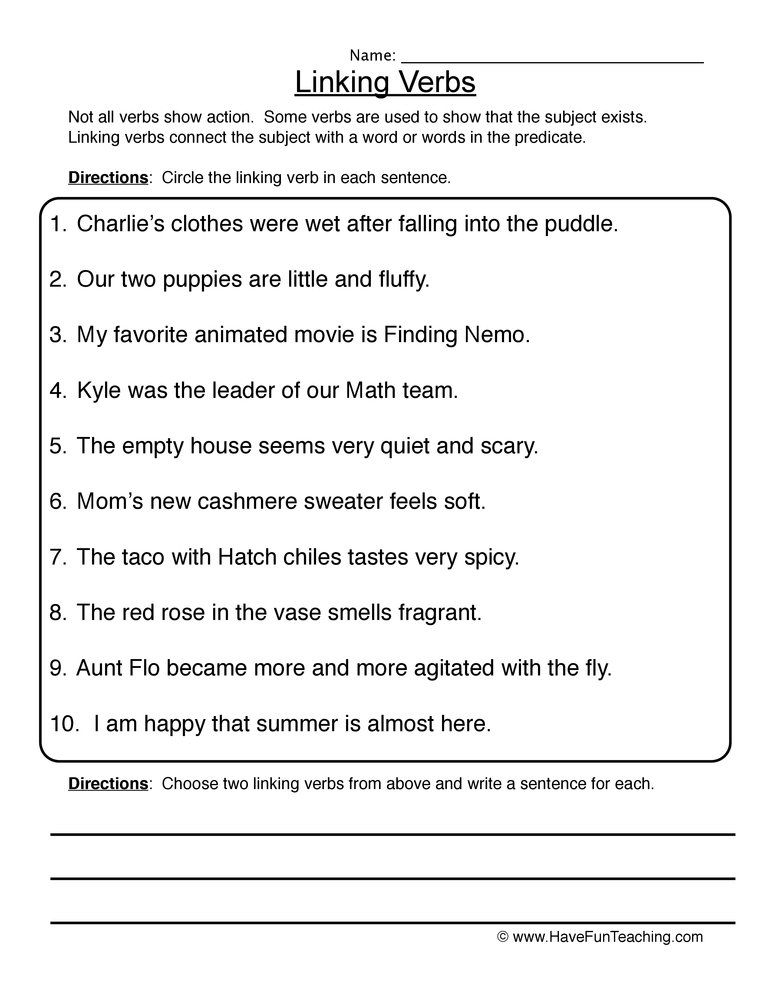 And even today, the great Japanese master Go Seigen, when asked about a possible game with God, answered with the frightening seriousness of a professional: “On two handicap stones, I have little chance of winning. On three stones, my chances are higher. In order to win the game with a guarantee, I need another stone. And since in the game with God the stake is life, I need another stone. So five stones” .
And even today, the great Japanese master Go Seigen, when asked about a possible game with God, answered with the frightening seriousness of a professional: “On two handicap stones, I have little chance of winning. On three stones, my chances are higher. In order to win the game with a guarantee, I need another stone. And since in the game with God the stake is life, I need another stone. So five stones” .
However, even though the religion of Bon is the cradle of Go, its deep meaning also corresponds to the basics of Buddhism, the truths about Emptiness and the Law of Change. The classical Buddhist Heart Sutra says: “Form is emptiness, emptiness is form. There is no form other than emptiness, there is no emptiness other than form. Likewise, the senses that discriminate between thoughts, energies, and consciousness are empty.” . A Go player will see a lot of familiarity in these words. The philosophy of Buddhism is the search for a middle path, close to the philosophy of Go, a game in which balance cannot be disturbed.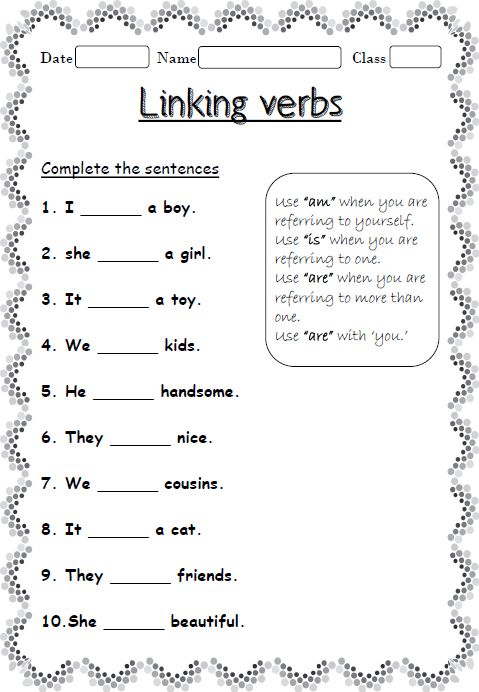 Buddhism, which came to Tibet from India, absorbed a significant part of the beliefs and traditions of Bon, as a result, it was very different from the early Indian and late Chinese versions (for example, it used oracles and astrology, and it was possible to reach Nirvana during life). In turn, the followers of Bon adopted the structure of the Buddhist organization, the alphabet and script they invented, and also began to create monasteries and write sutras and treatises (although at its core, Bon has always been a religion of hermits).
Buddhism, which came to Tibet from India, absorbed a significant part of the beliefs and traditions of Bon, as a result, it was very different from the early Indian and late Chinese versions (for example, it used oracles and astrology, and it was possible to reach Nirvana during life). In turn, the followers of Bon adopted the structure of the Buddhist organization, the alphabet and script they invented, and also began to create monasteries and write sutras and treatises (although at its core, Bon has always been a religion of hermits).
The antagonistic religions, Bon and Buddhism have competed and struggled for power in the country throughout the history of Tibet. It is curious that Go served as an important tool for both sides. Wandering monks carried the teachings to the rulers, and not everyone could share this knowledge in a foreign language, but anyone could speak through a board and stones of two colors - the most ancient language of visual symbols, understandable to everyone.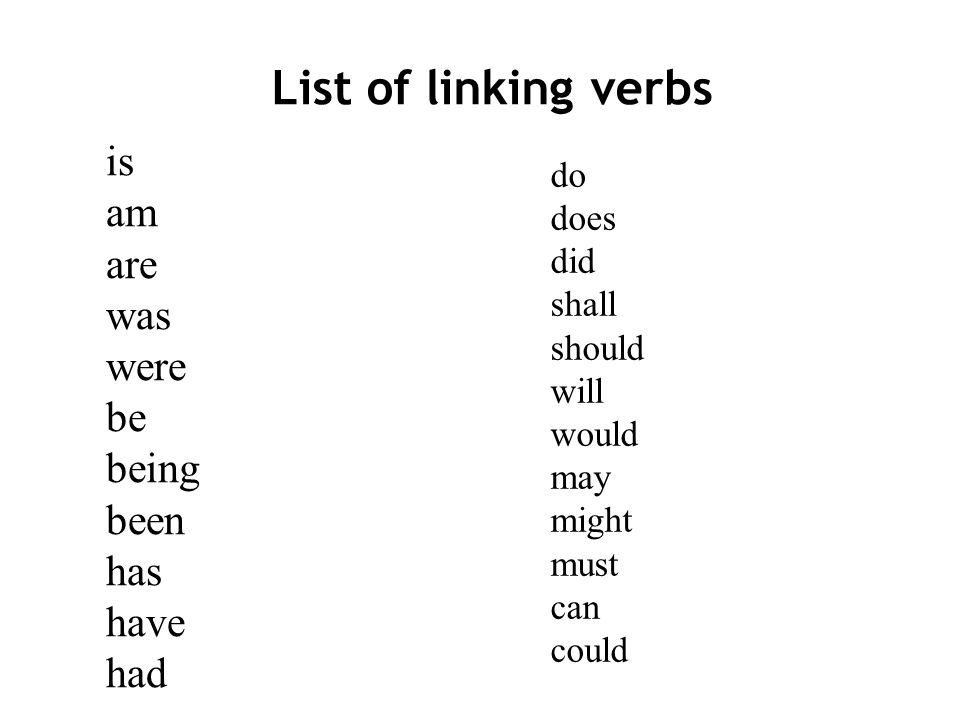
The Vietnamese poet Nguyen Phi Khan (1355-1428), who lived at the end of the Tran Dynasty, composed the following poem "On the Great Game of Go" (Xem Dau Co Vay):
.
The two sides meet again at the game board,
Having fun with chess is not like Go at all.
Troops appear like stars, filling the sky,
And stones fall down like raindrops.
Opponents' strengths overflow like water streams,
And creative forms grow like rice grains –
Showing talent is more important than thinking about losing.
It is a deep meaning to meet with a heart friend,
and at least for an hour to immerse yourself in the ancient game.
.
Playing Go is perceived by many as the creation (and, more importantly, co-creation) of another world, which is a metaphorical reflection of the real world.

